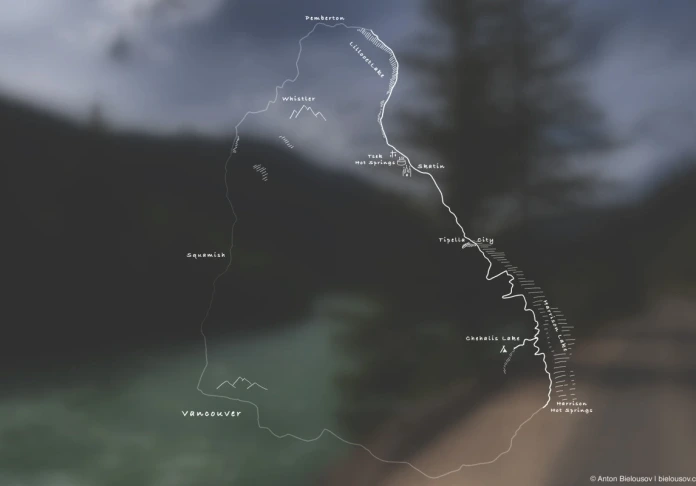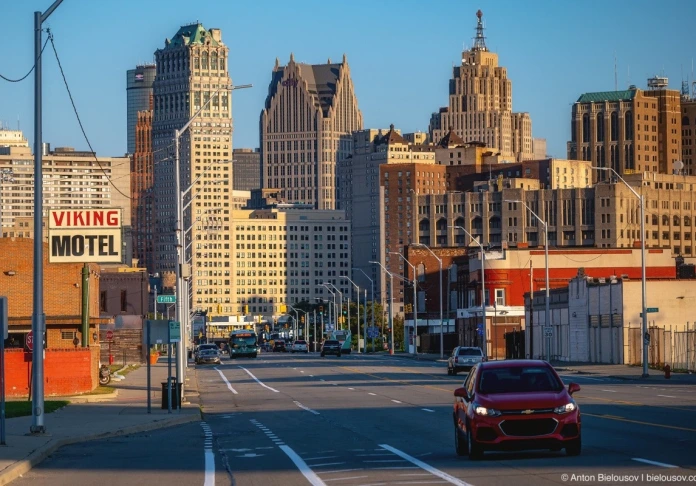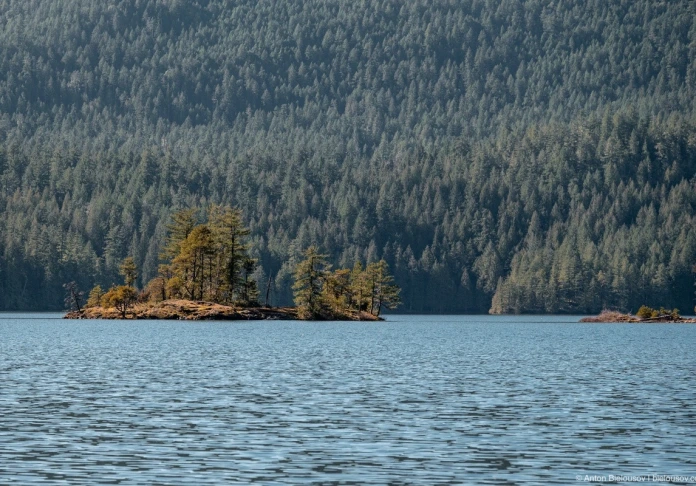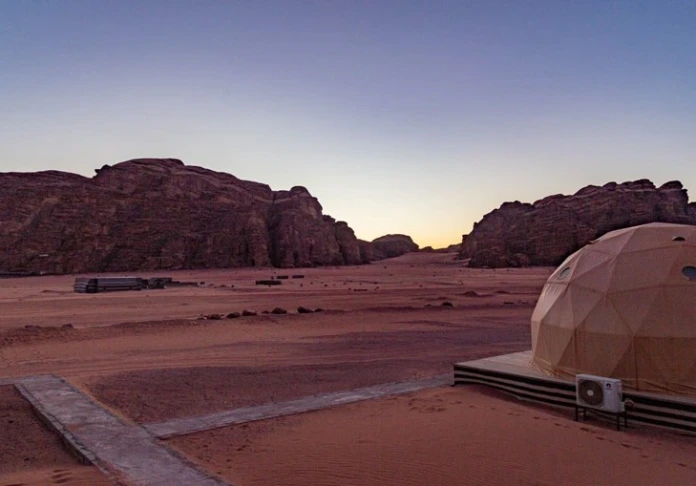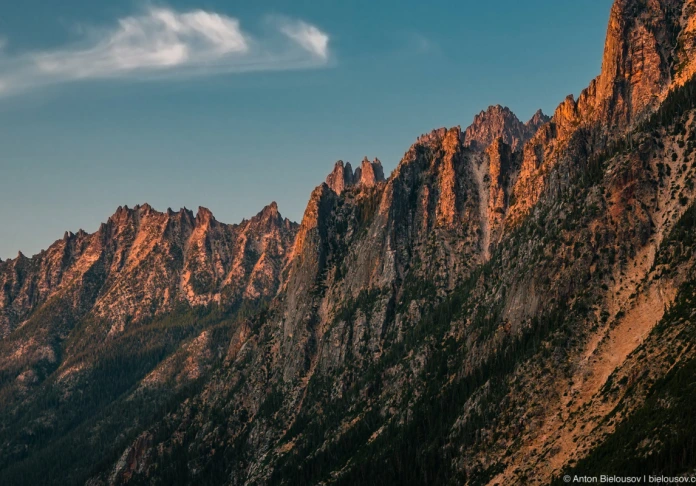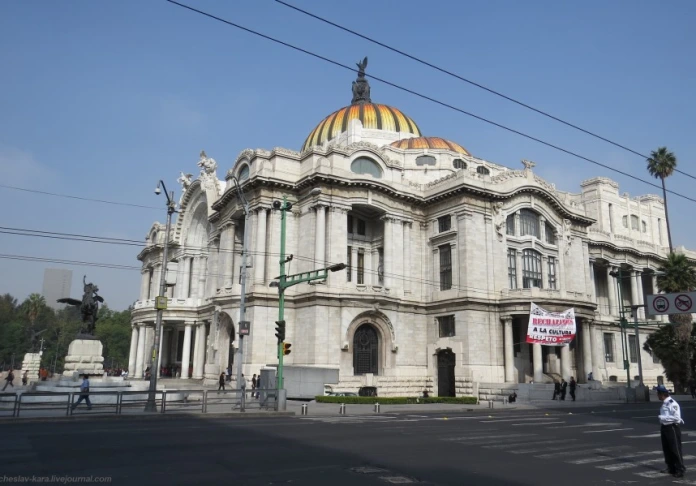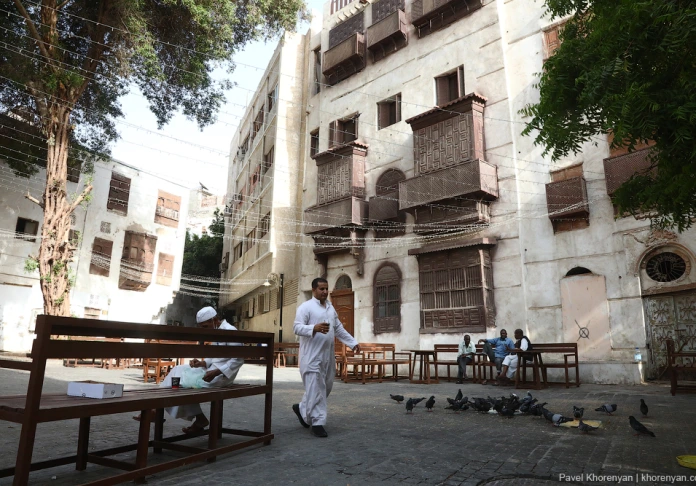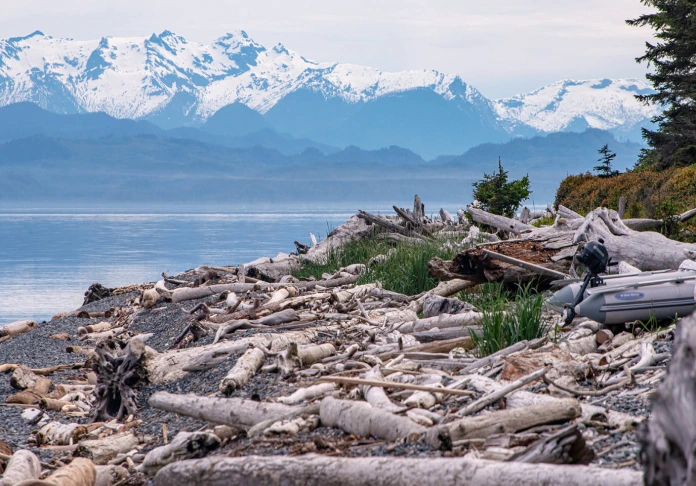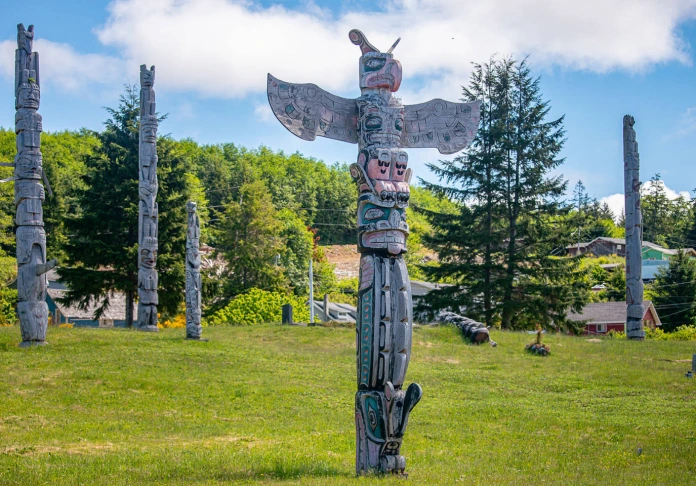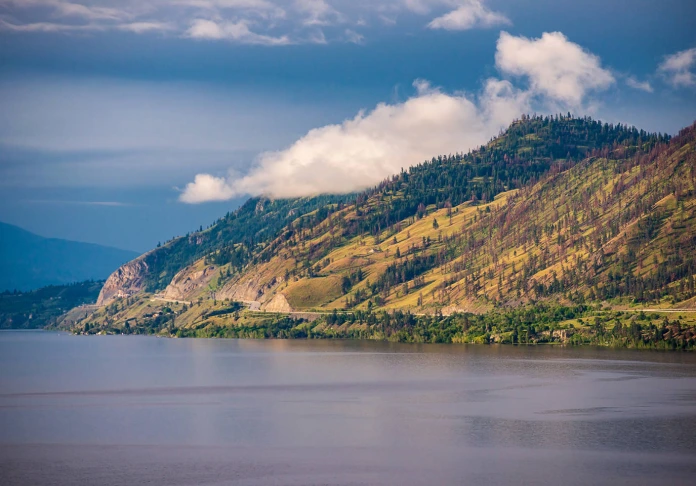Sao Tome and Principe
Saudi Arabia
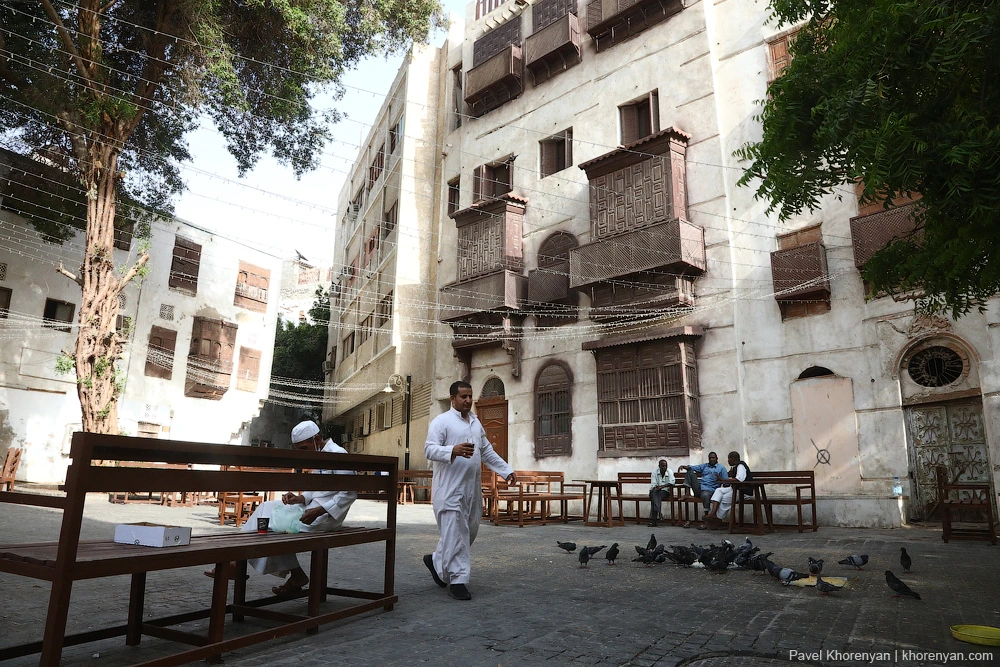
Saudi Arabia
Saudi Arabia is the only country in the world named after the dynasty that rules it. The Saudi family has ruled the country since 1744.
Saudi Arabia today and Saudi Arabia three years ago are different countries. Prince Mohammed bin Salman, who came to power, decided that it was time to change and carried out a bunch of reforms. It used to be very difficult to get a visa here, but today it's as easy as shelling pears - you pay a fee and in a couple of minutes you get an e-visa via the Internet.
Women work, drive cars and can even ride taxis alone. The religious police are very limited in their powers and are no longer fierce - I have never seen them at all during my entire stay.
In short, there is now liberalism in all fields. The rest of the world is very happy about this, because, among other things, the Saudis have reduced foreign funding for mosques, schools and all sorts of Wahhabi literature.
The fact is that the first kingdom was formed after the ruler of the city of Ad-Diriya Muhammad ibn Saud and the Islamic preacher Muhammad ibn Abd al-Wahhab entered into an alliance: Saud gave protection to the ideas of Wahhab, and he had to glorify him and indoctrinate the population. These two dynasties still rule the kingdom.
It just so happens that even though Saudi Arabia condemns terrorist attacks and extremism, as a rule, all radicals are Wahhabis. What is Wahhabism and how it is connected with radical ideology is a debatable question and not as unambiguous as it might seem at first glance, but I recall an anecdote: "Afghan scientists are puzzled: no matter what they do, the result is always heroin." So there is probably some connection, and liberal reforms give hope that there will be less radicalism.
Riyadh is somewhat reminiscent of Los Angeles - just as huge and just as inconvenient for pedestrians.
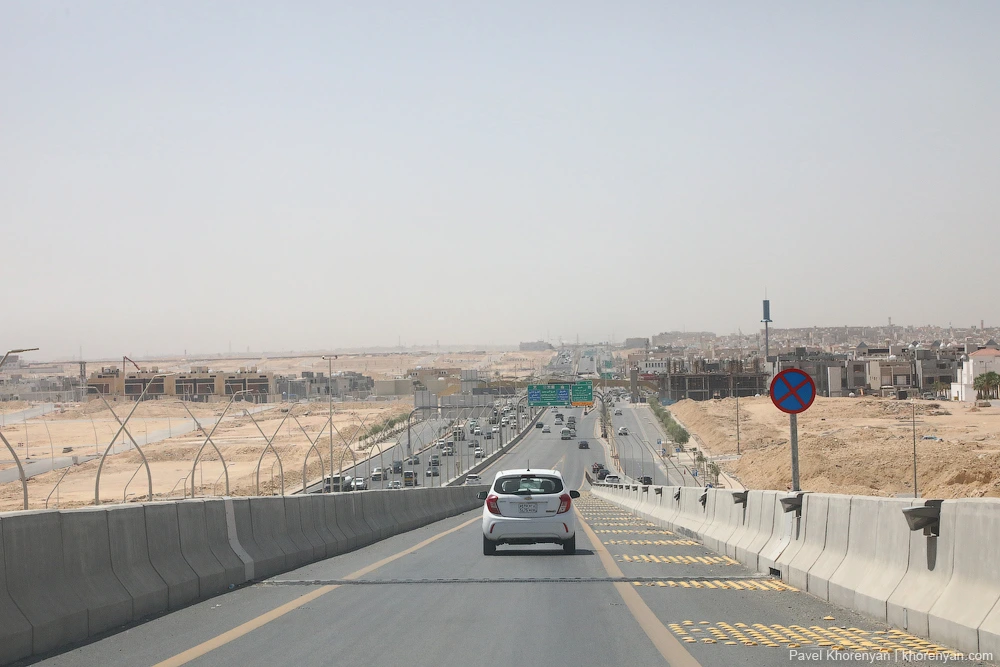
Closed metro stations are visible everywhere. It was never completed, although it was promised to open a year ago.
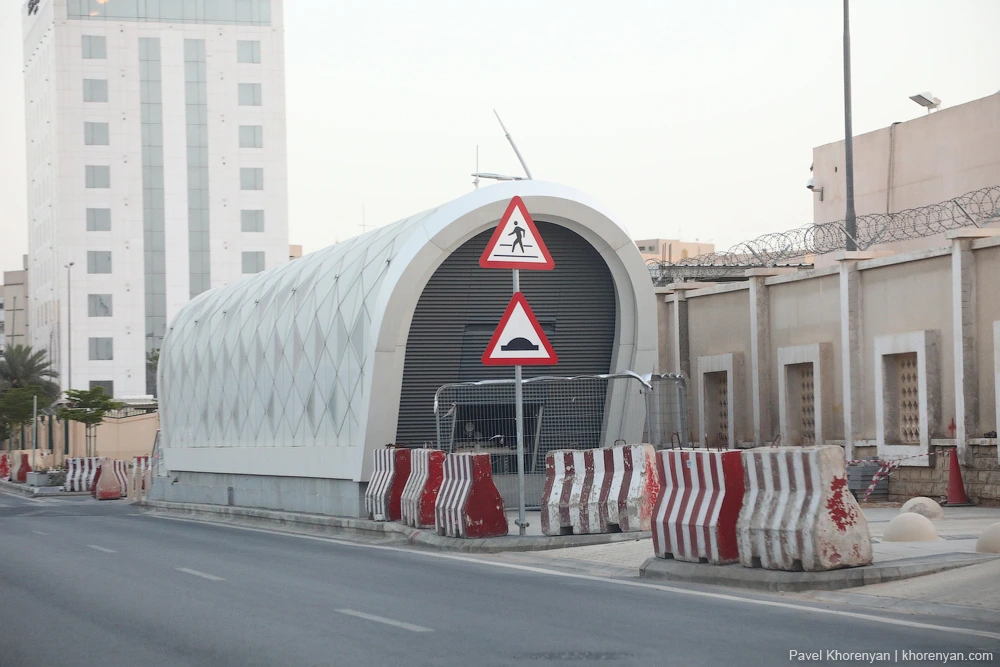
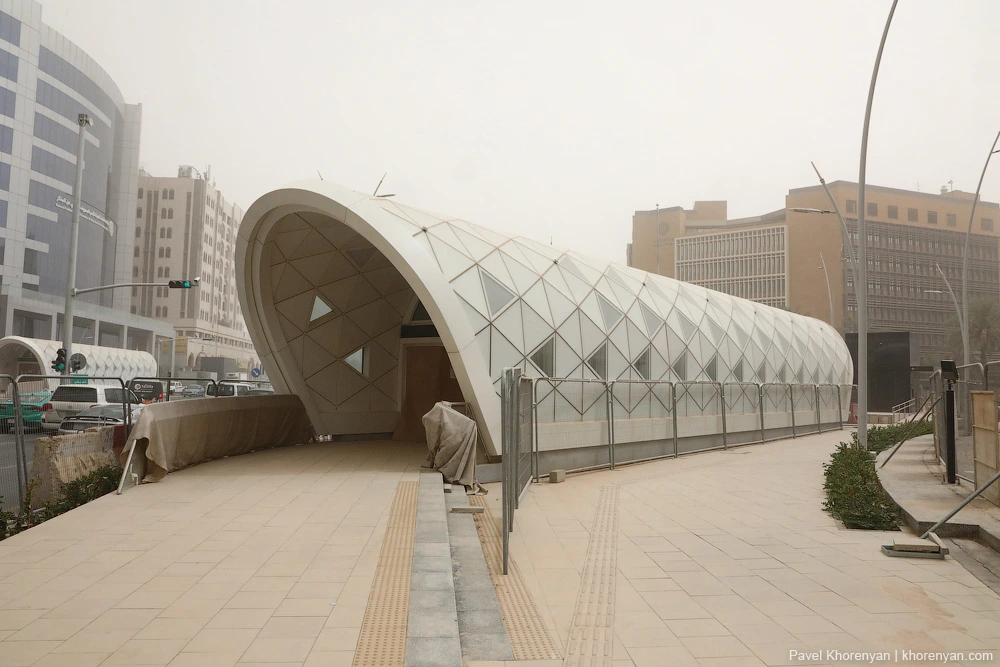
Bus stops are available, but of course there is no timetable and route map. One can only guess how the bus runs here.
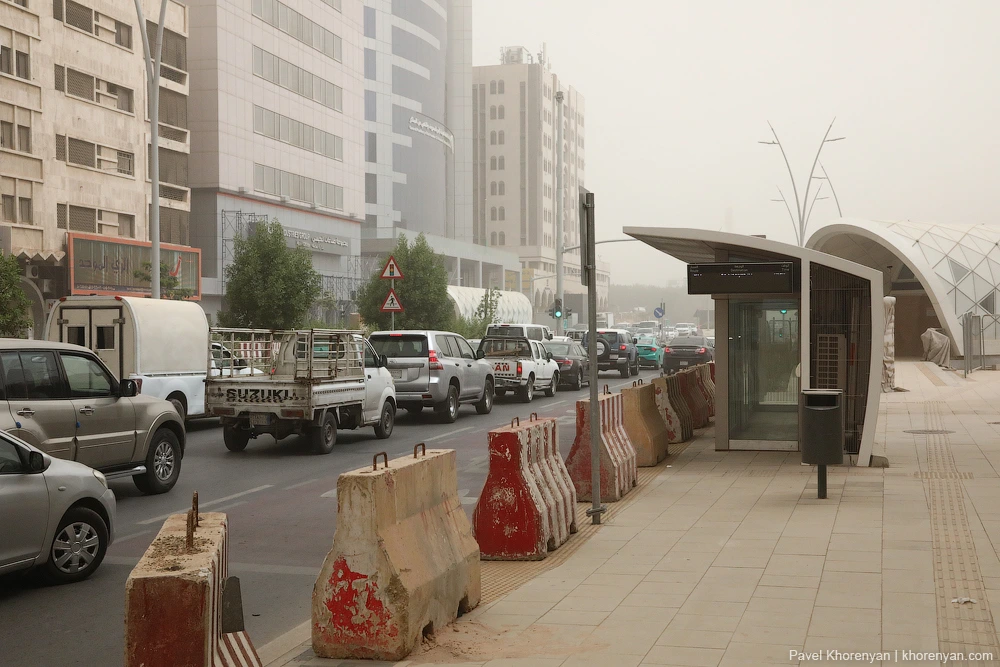
The city is conventionally divided into north and south. In the south is the historical part and in particular the fortress, from which the construction of the city began. Inside is a good museum of local lore and many old black and white photographs.
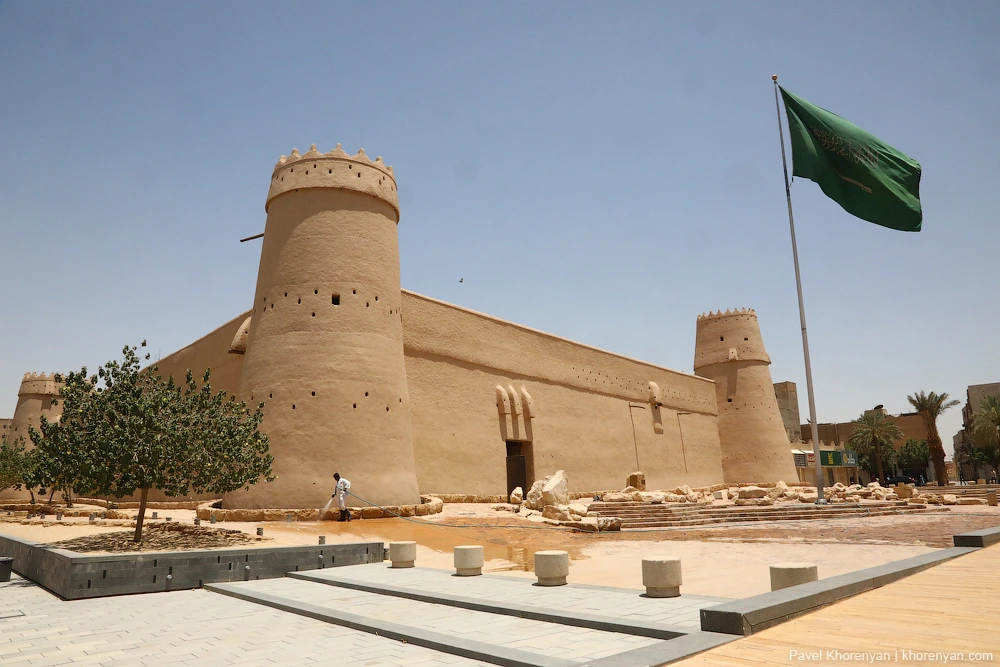
Here you can still move around on your own two feet, but the srach around is terrible - in fact, the entire area has been given to guest workers from Pakistan, India and the Philippines.
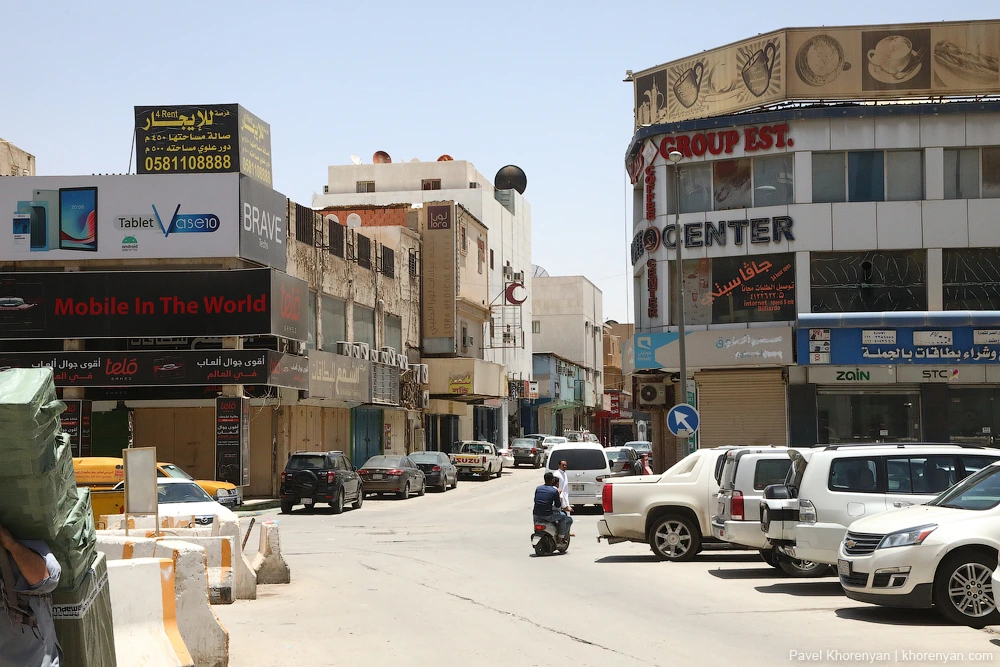
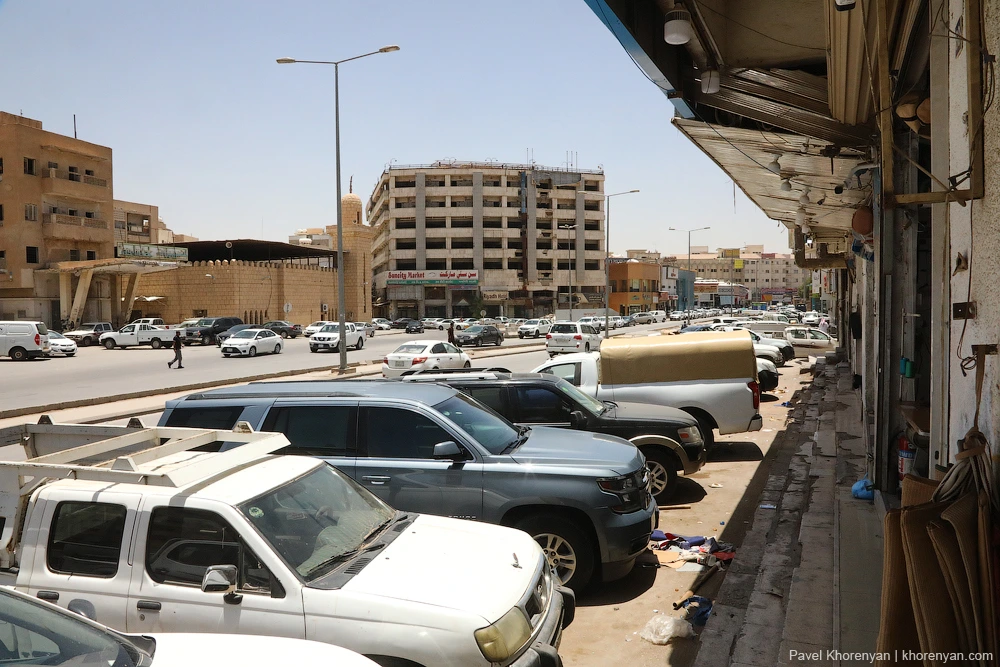
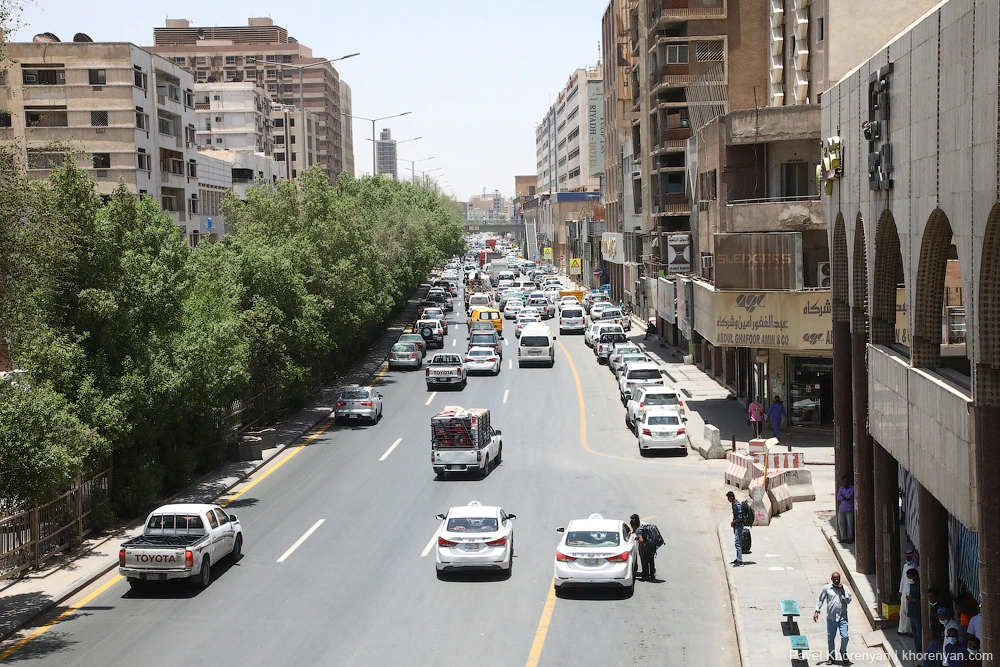
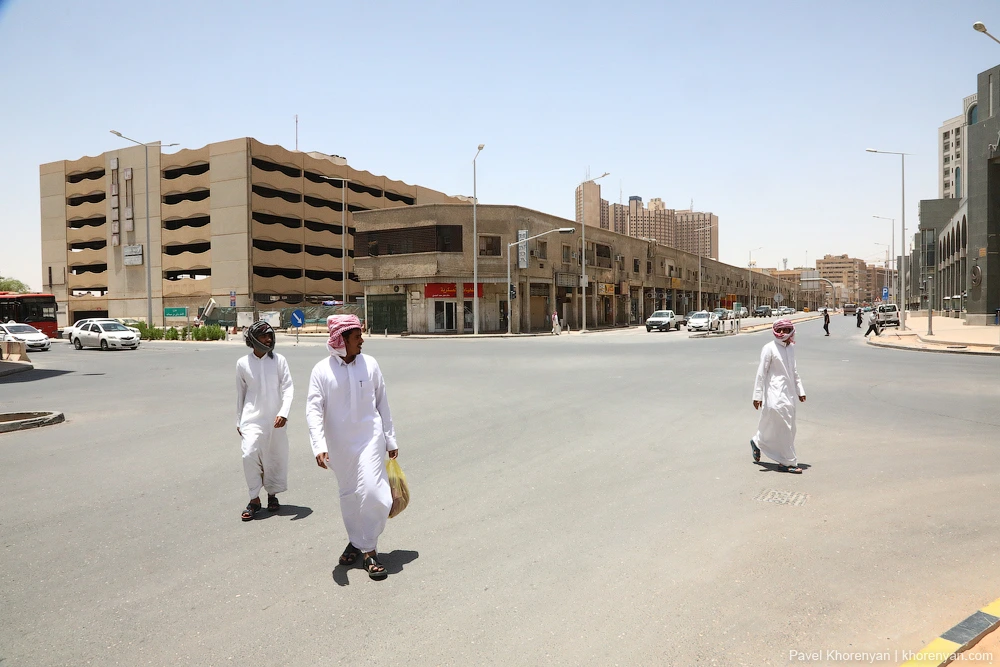
This is a directly separate architectural style - Arabic brutalism:
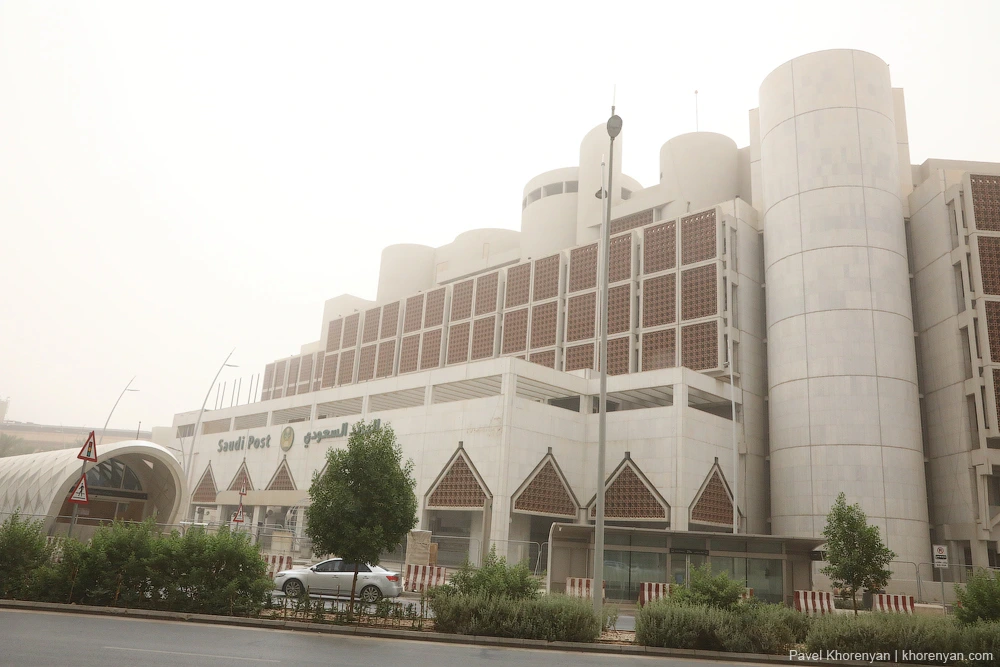
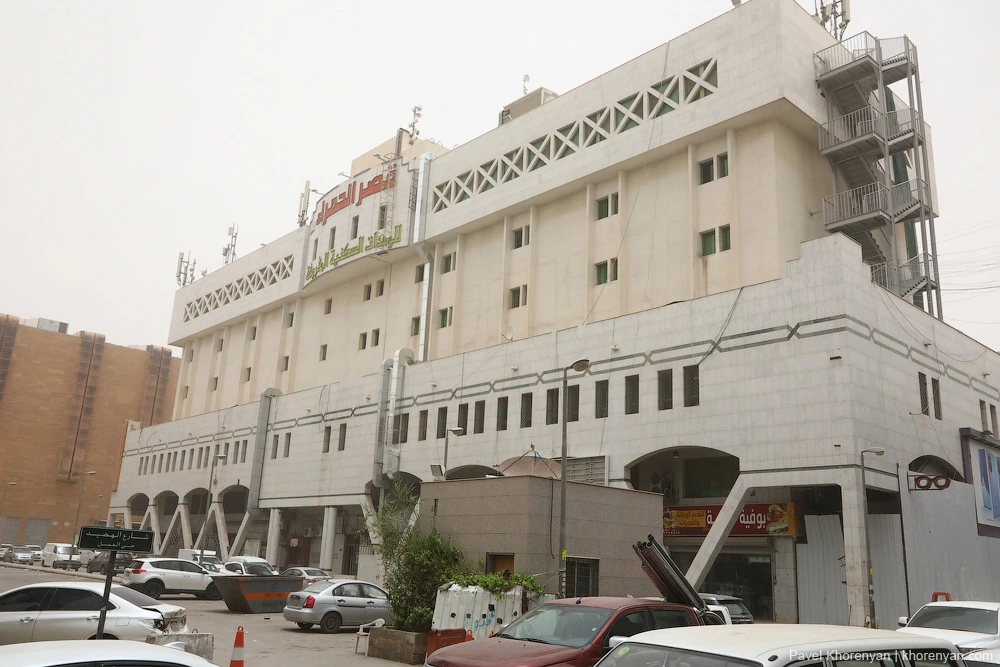
1, 2, 3, 4, 5
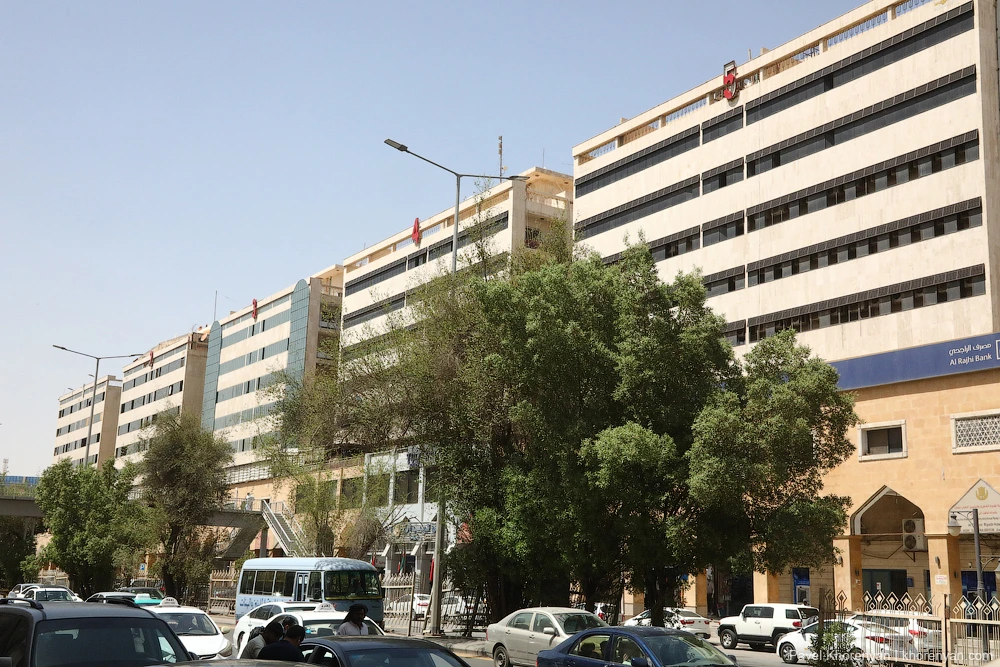
Yotel
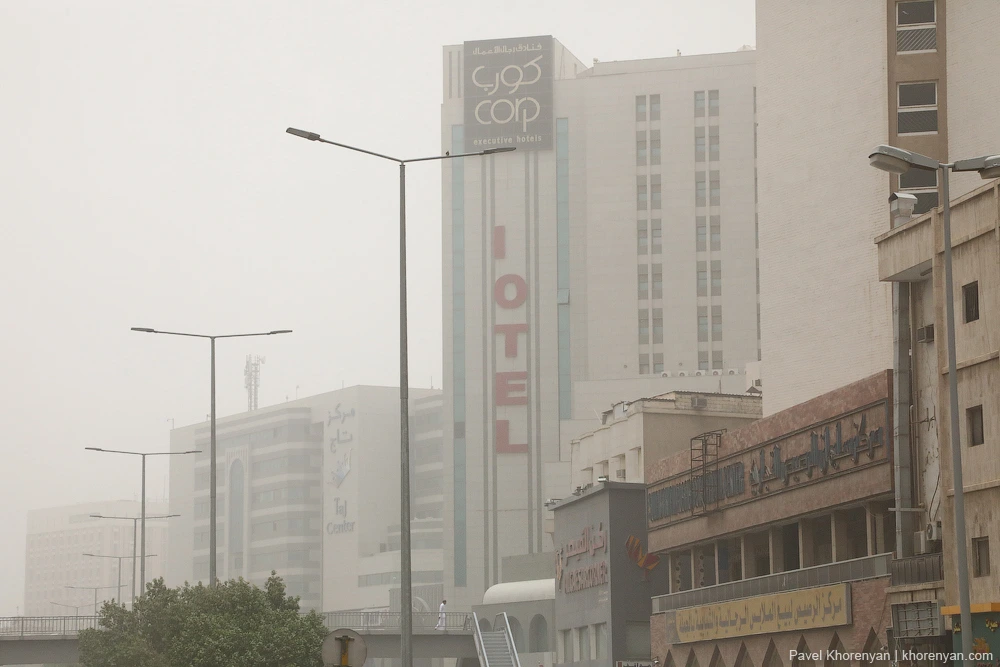
Water tower.
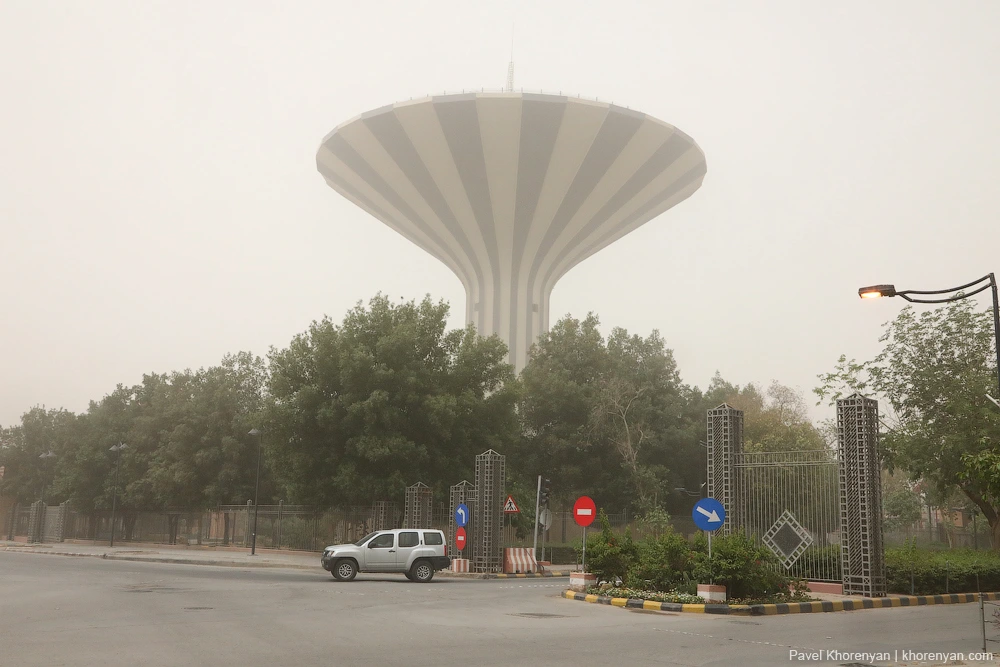
Al-Safaa Square, in the common people - "Chop-Chop square". Public executions take place here, where the heads of the condemned are cut off. There is even a drain for blood in the middle of the square...
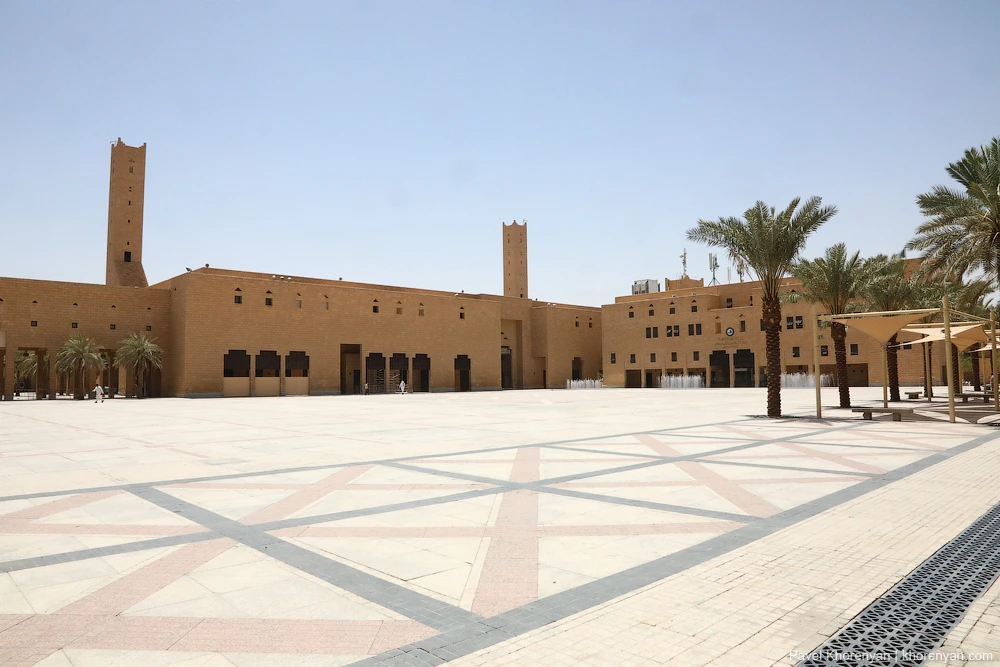
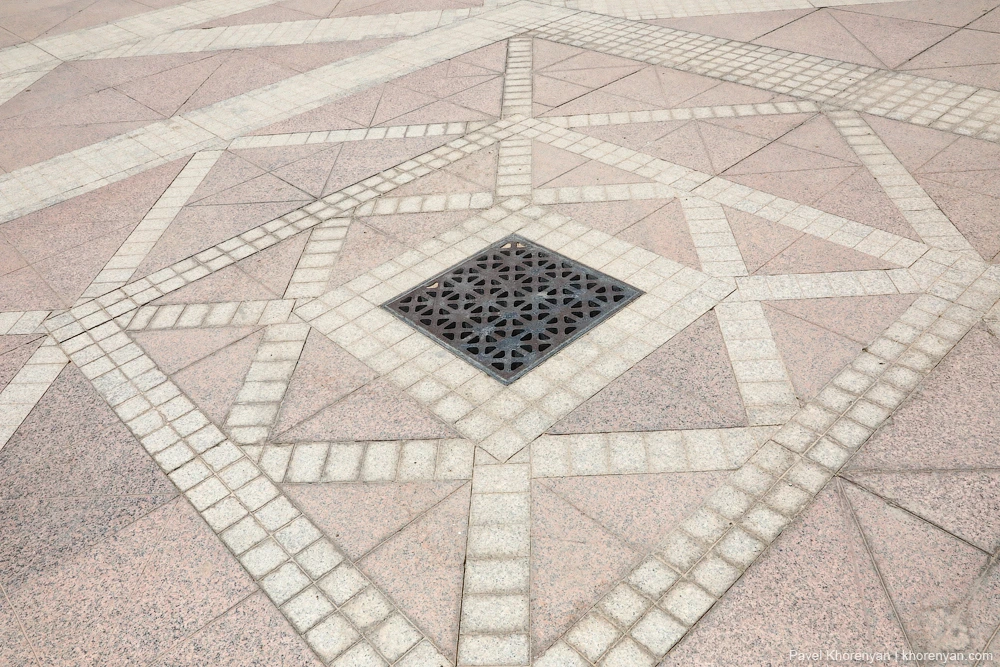
And nearby is a hipster cafe with a beautiful view of the square - "barista, please Iced Latte, I'll watch the execution."
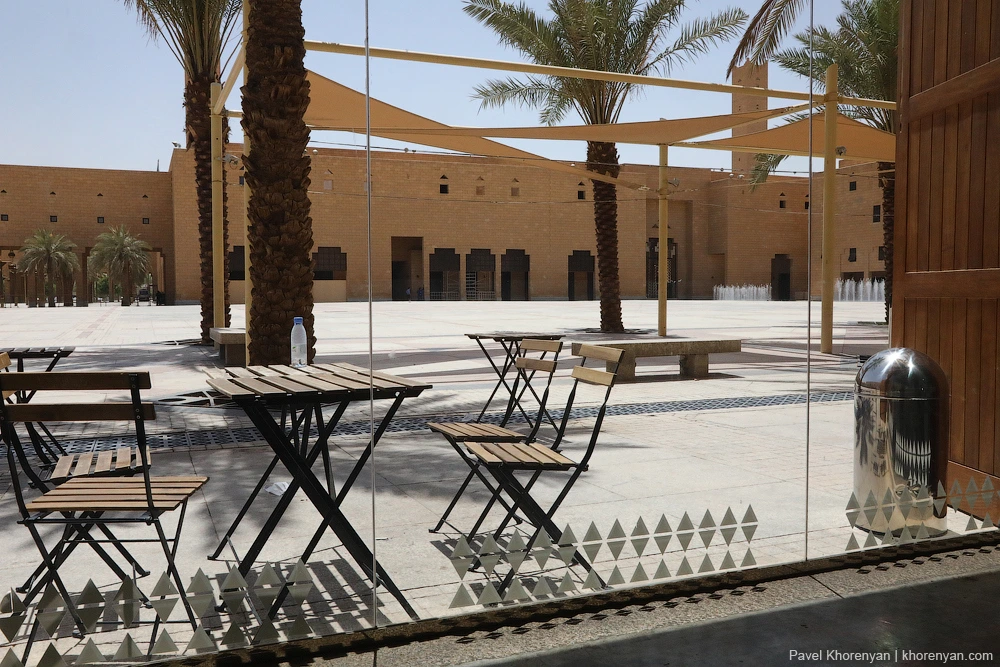
To be honest, I'm not sure that public executions still take place here. Still, the country has taken a course towards liberalization.
The north of the city is modern, cleaner, but very boring. There is nothing to catch the eye, and in many places it is simply physically impossible to walk.
There is absolutely nothing to see here, except that you can climb the opening tower and look at the city from above.
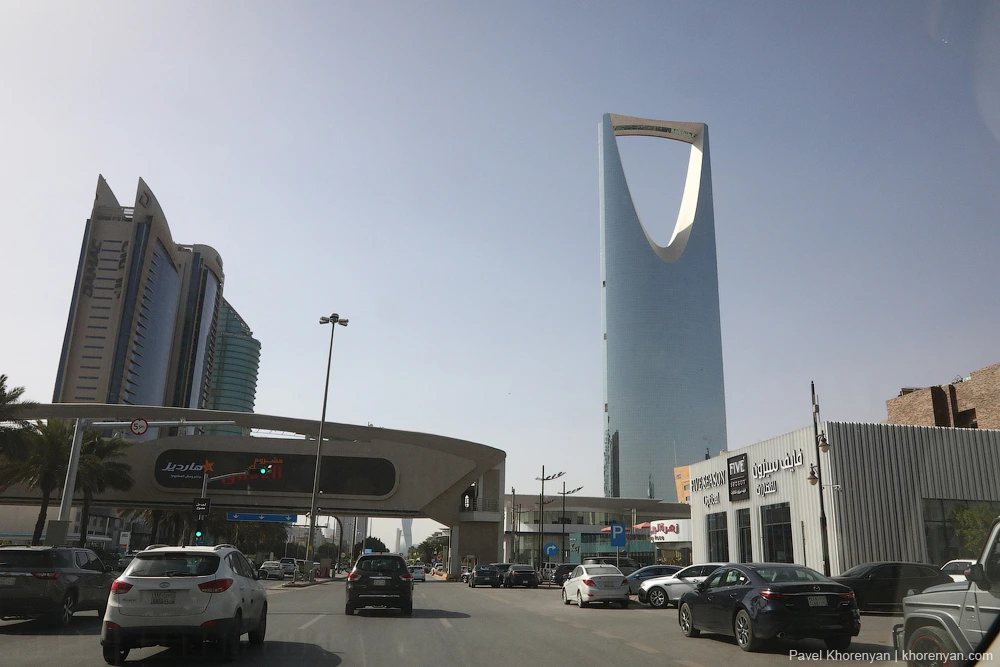
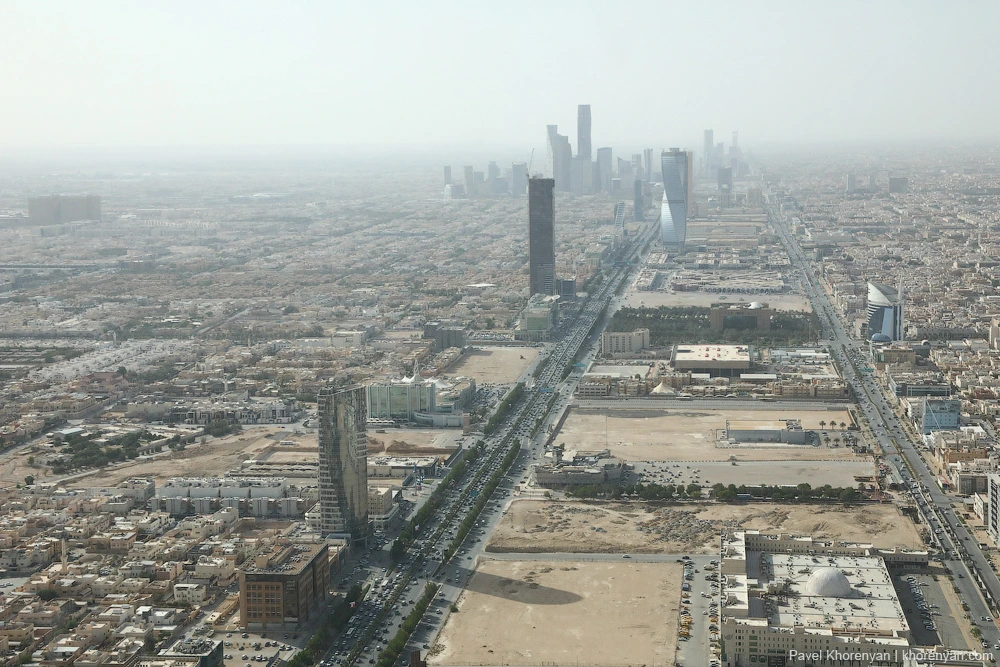
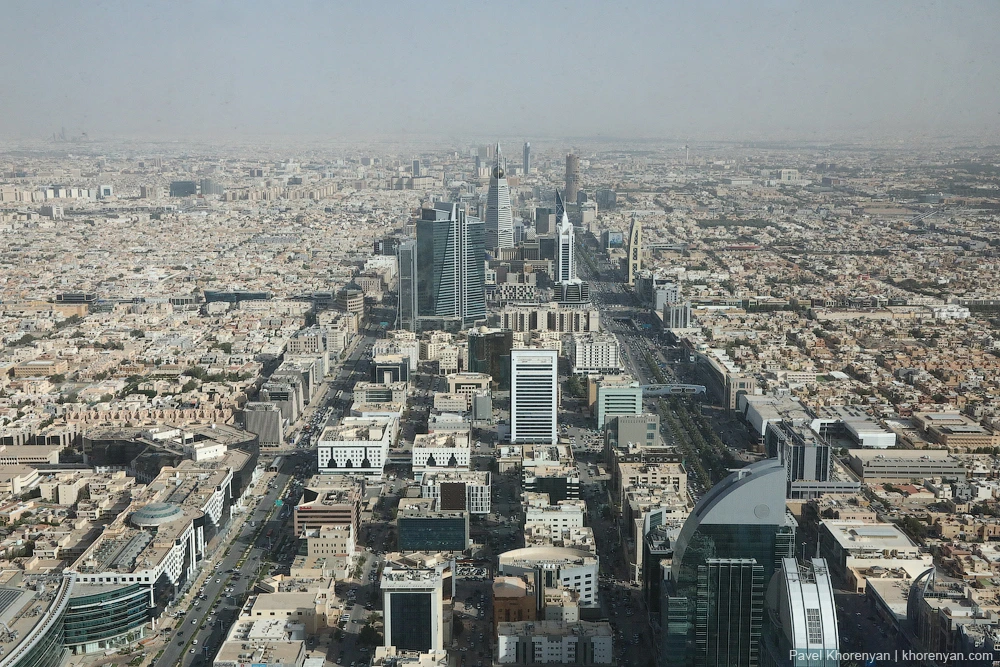
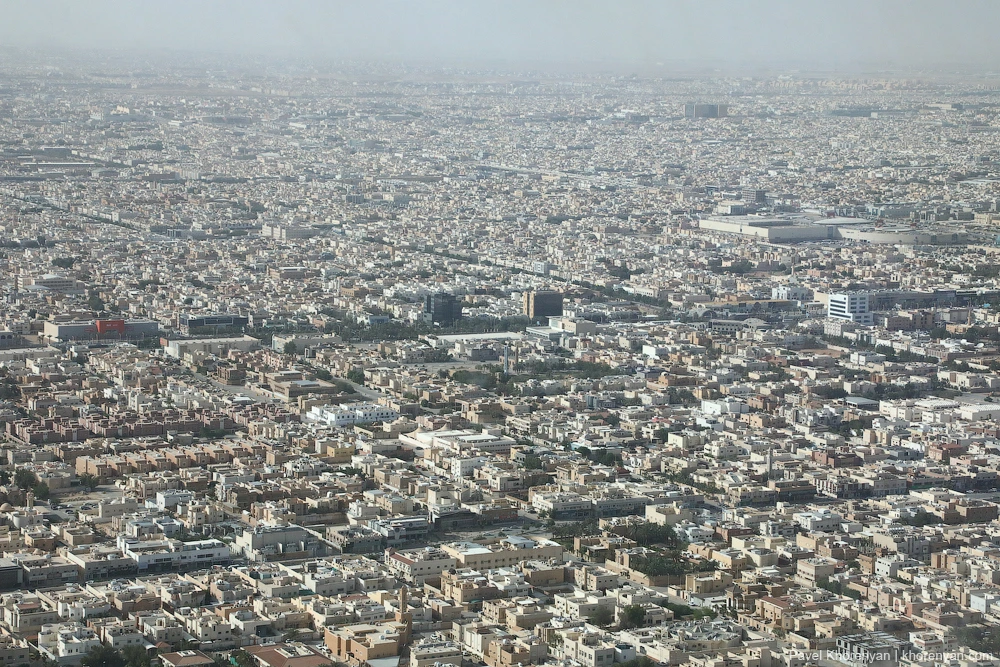
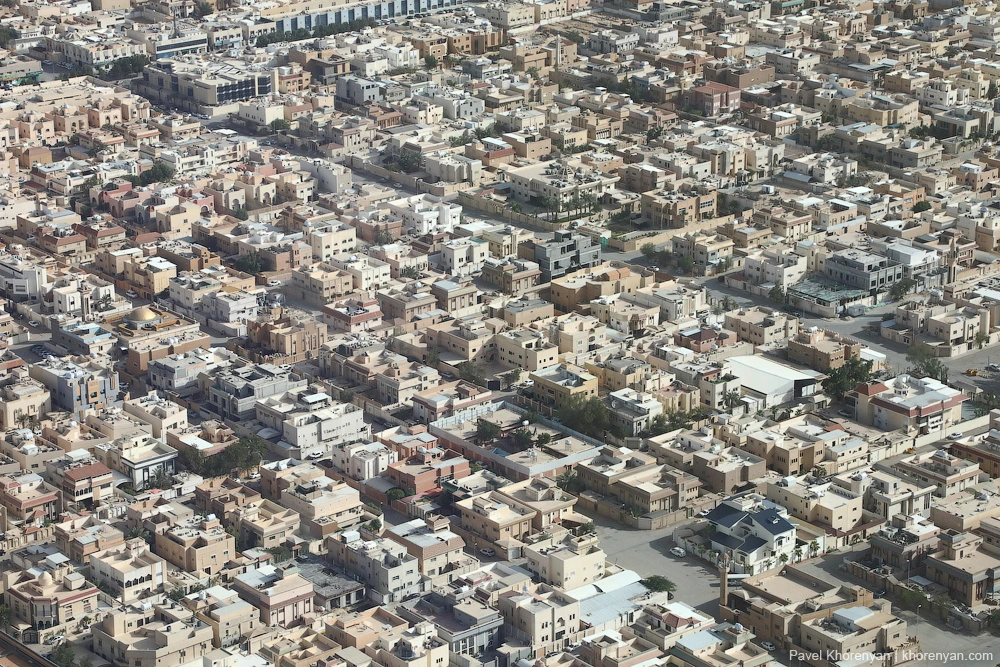
From Riyadh, you can go to see Edge Of The World - a very beautiful place.
Unfortunately, the attraction is open only three days a week (from Friday to Sunday), and the price tag for visiting it is horse. I decided to go to the so-called. Second Edge is also a colorful place, although not as beautiful.
We drove and I saw only the desert around. And my guide told me that the land here is very expensive, which is now being actively bought up for hotels and summer cottages.
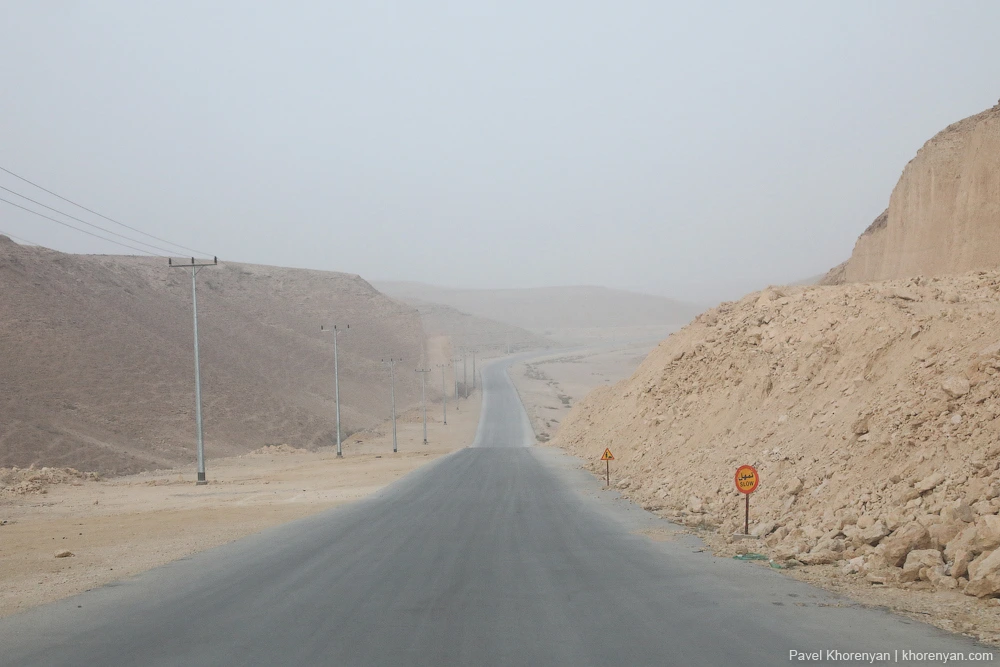
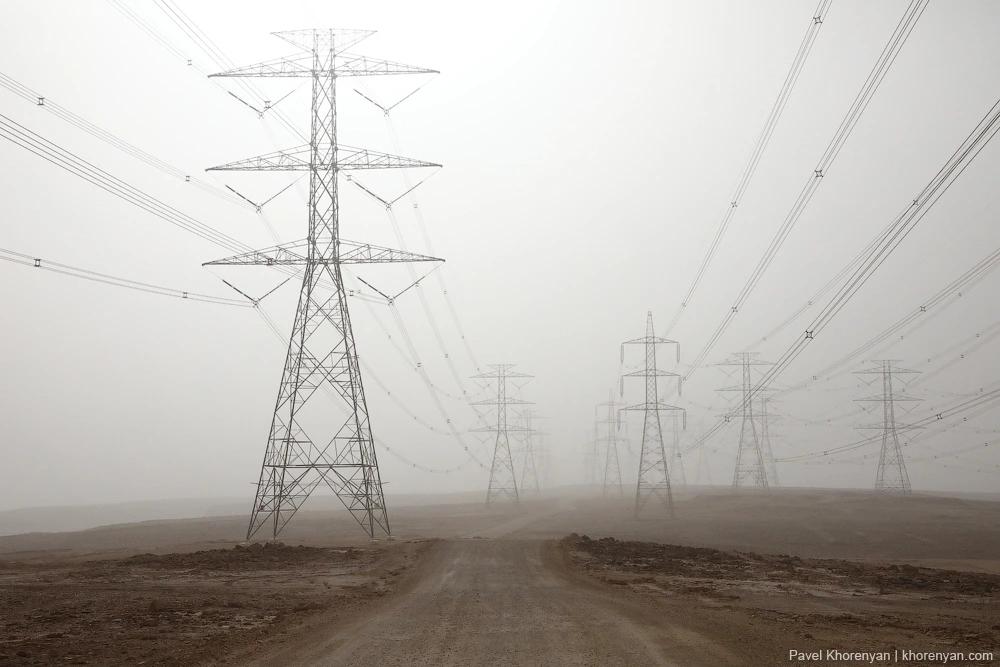
There was a sand storm that day, so the visibility was poor.
Destination:
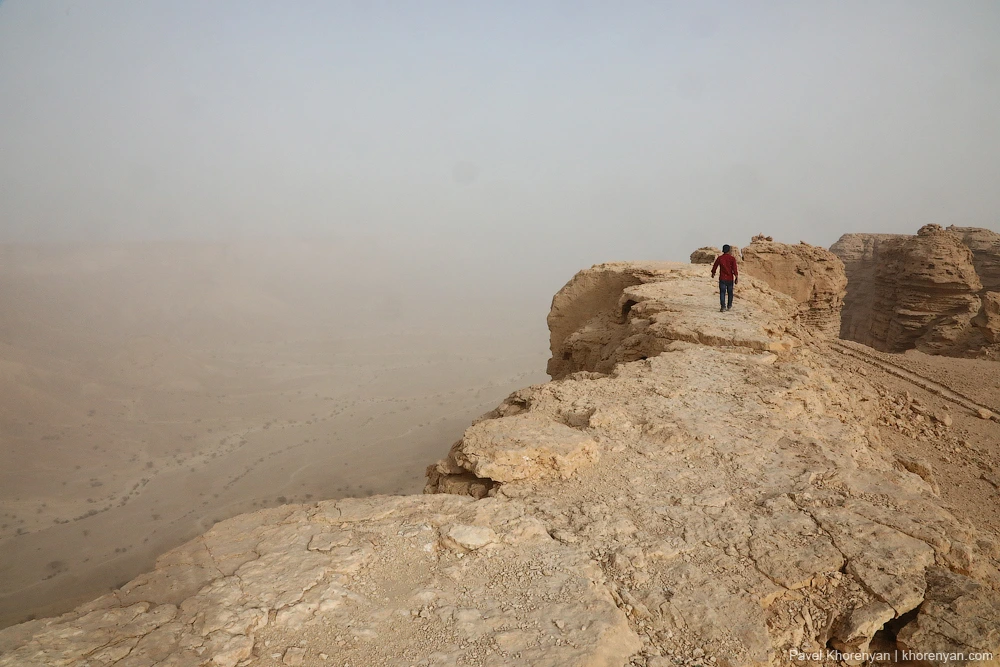
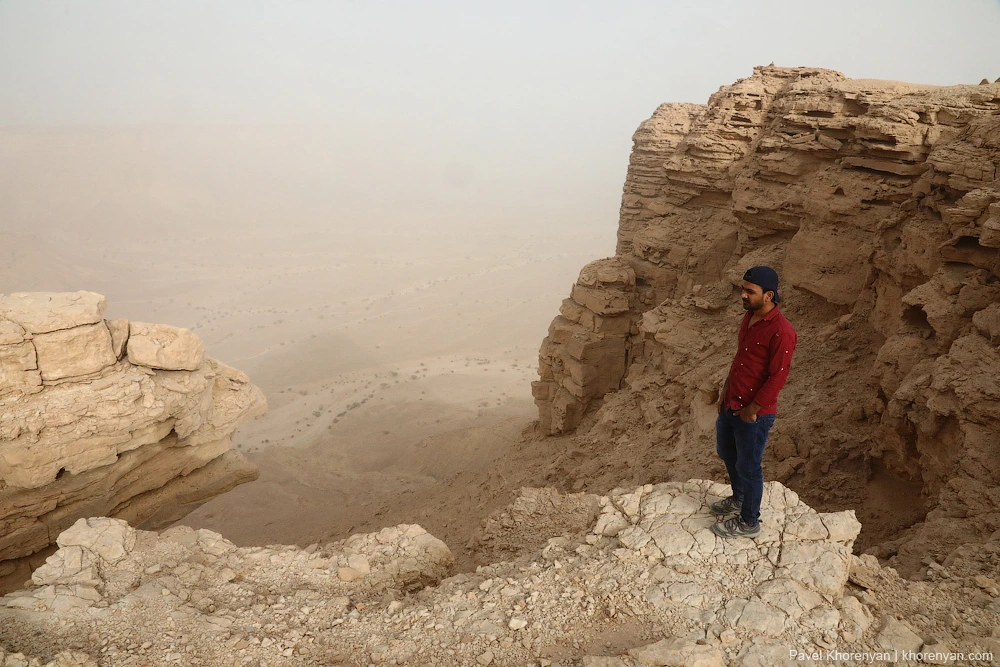
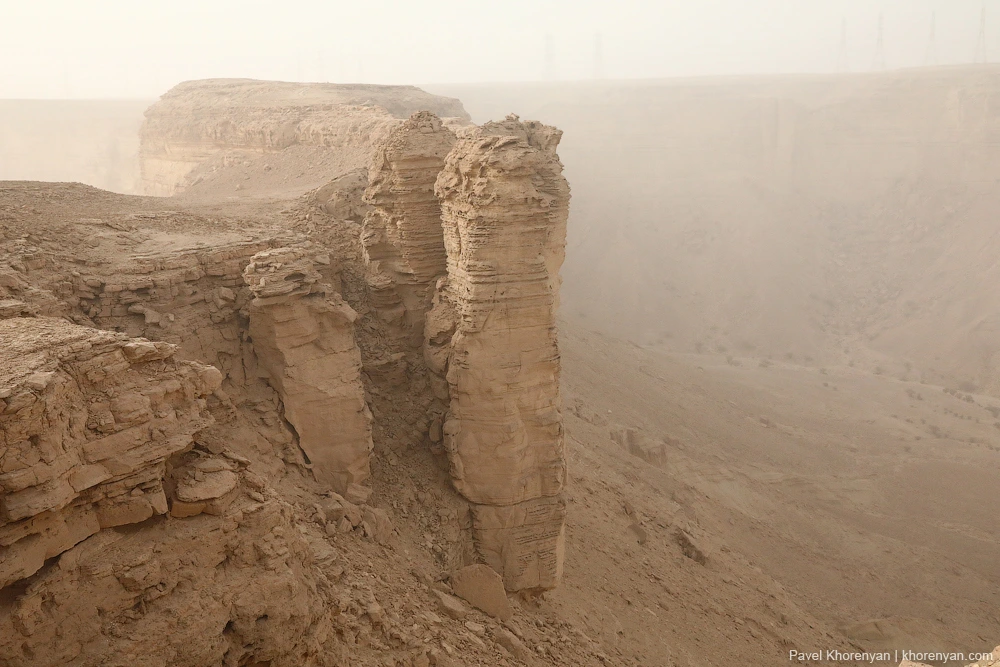
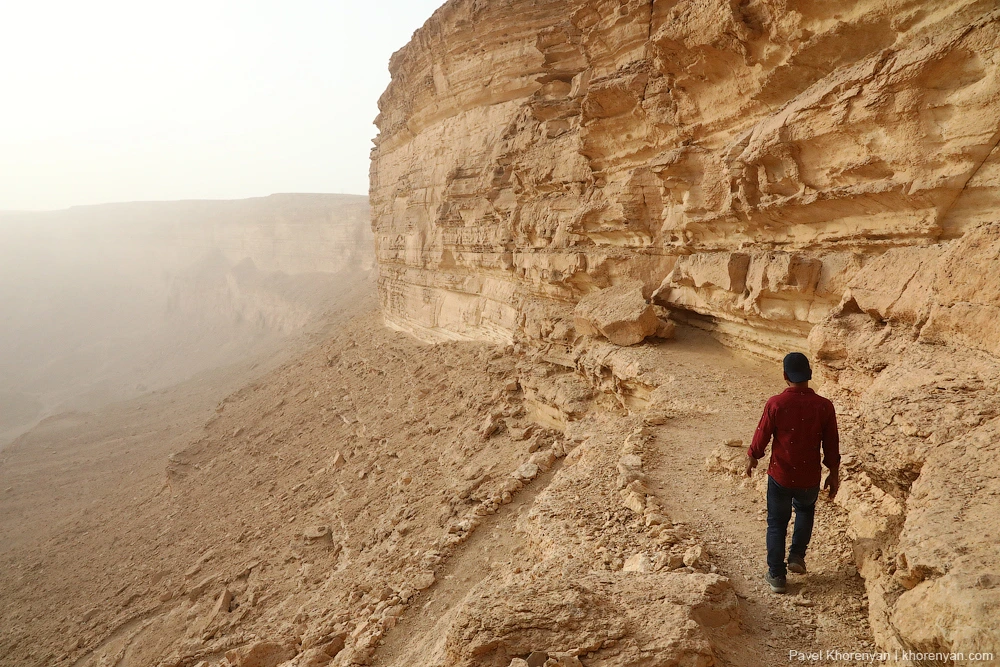
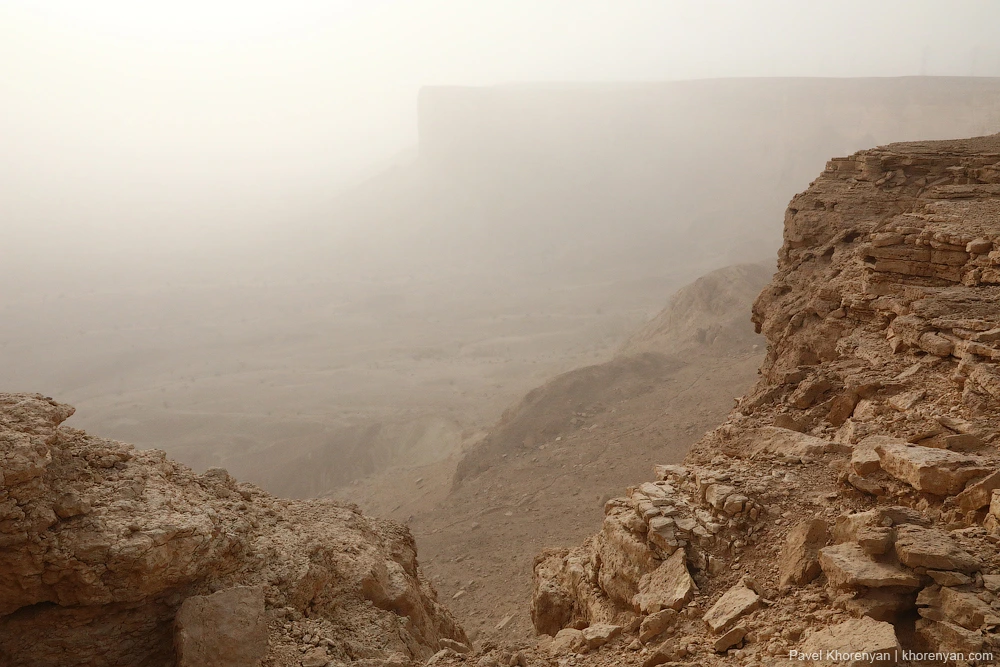
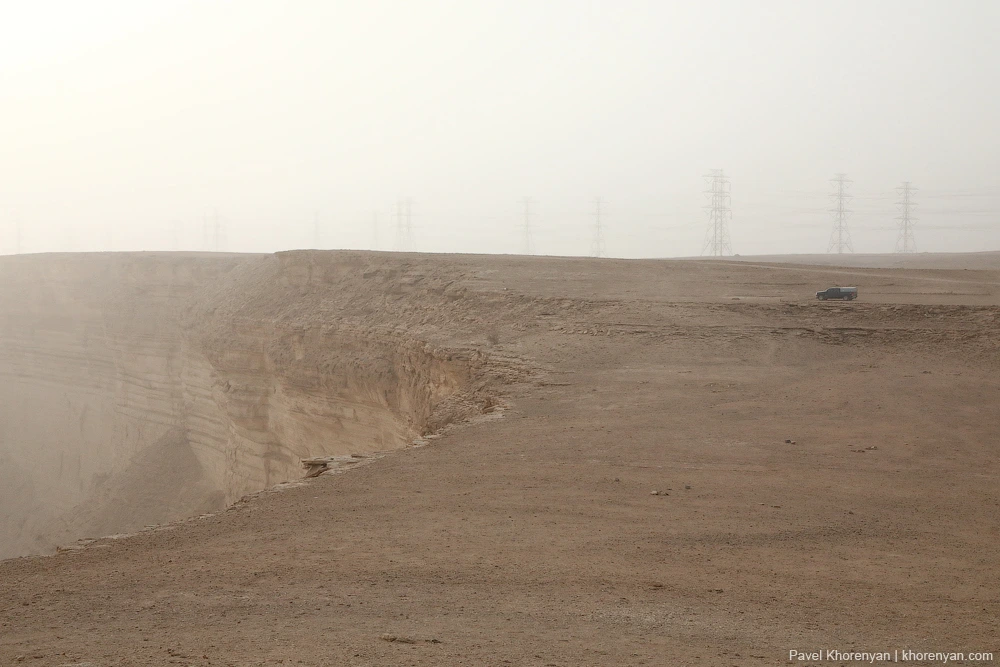
On the way to Jeddah I saw pilgrims for the first time. Jeddah is the main hub on the way to Mecca.
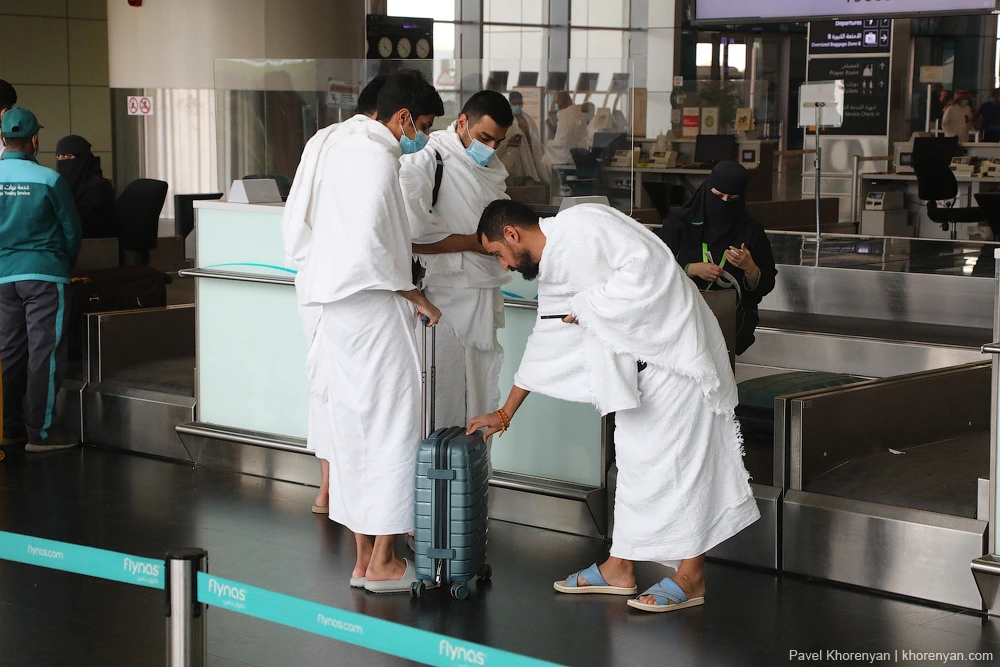
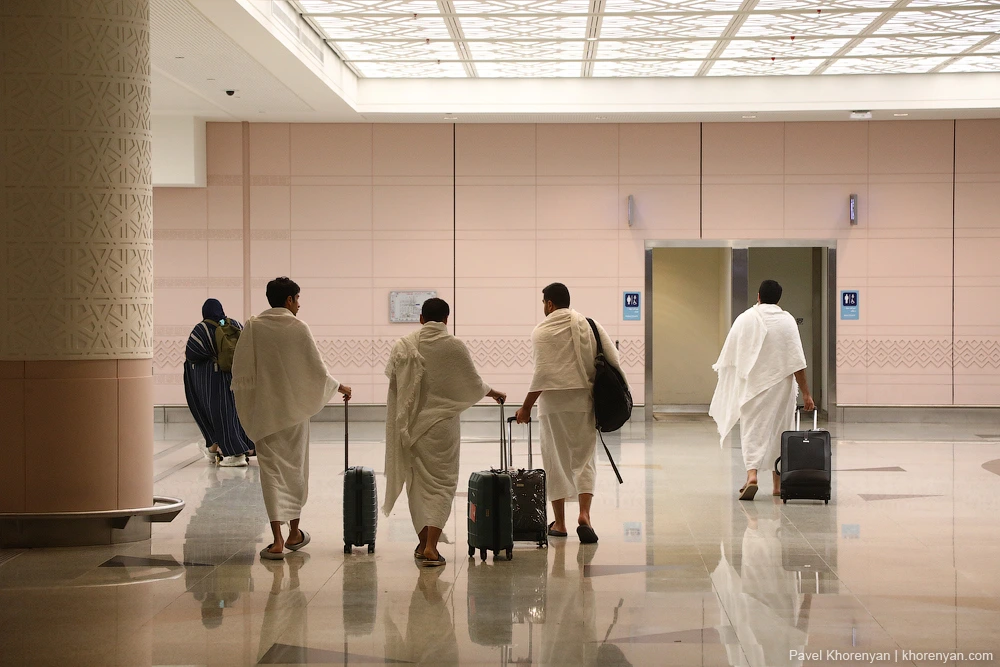
There is a huge cylindrical aquarium at the Jeddah airport.
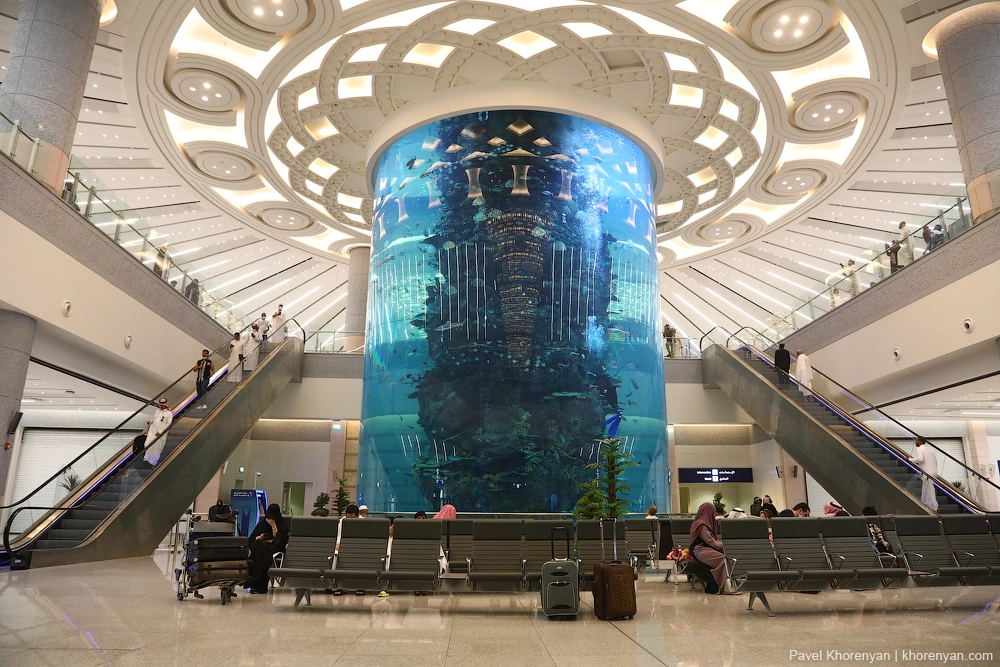
With a scuba diver
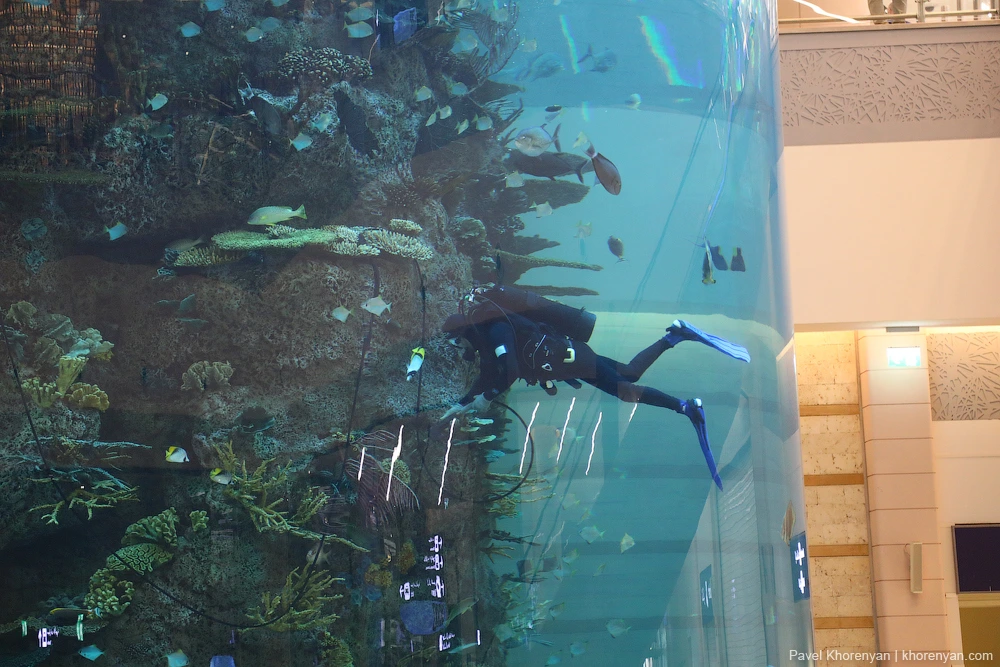
Jeddah is one of the most beautiful and original cities in the Middle East. It's amazing how it works: all you had to do was attach wooden moldings to the windows and it became very beautiful. And so it would be an ordinary Arab city.
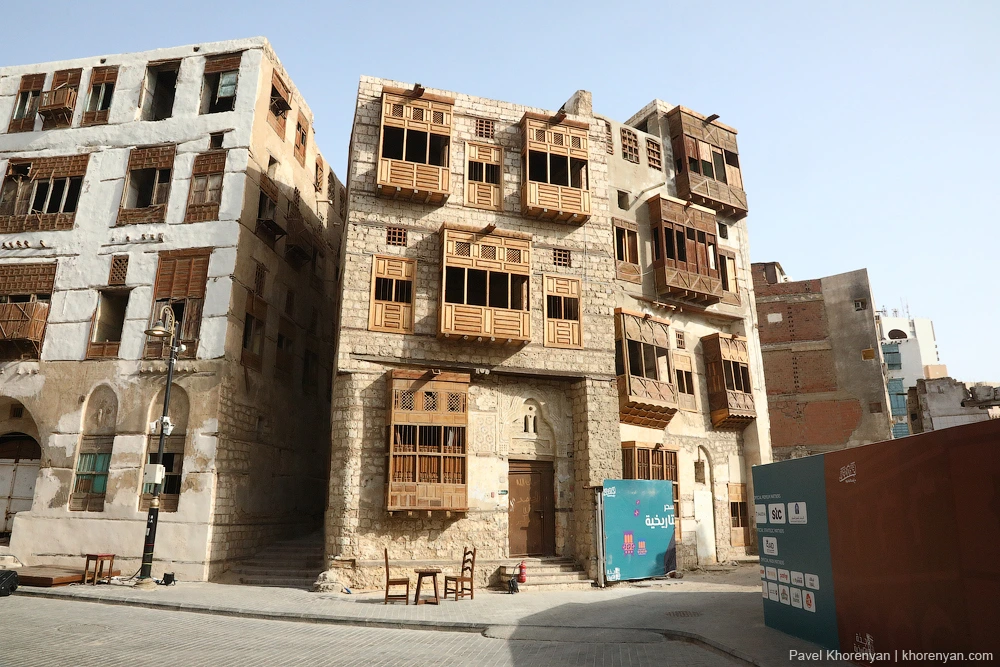
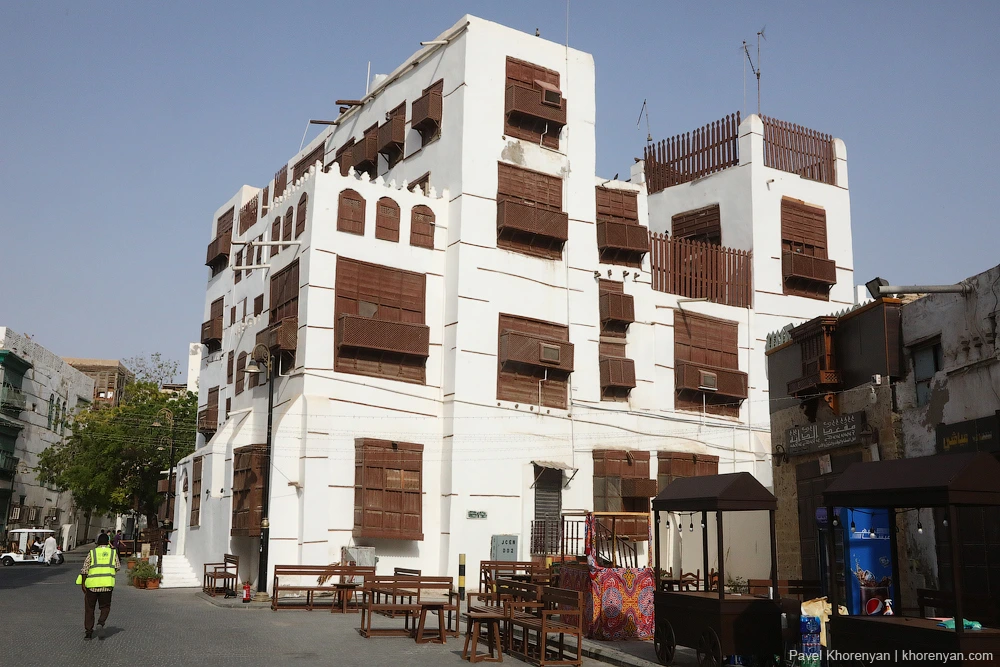
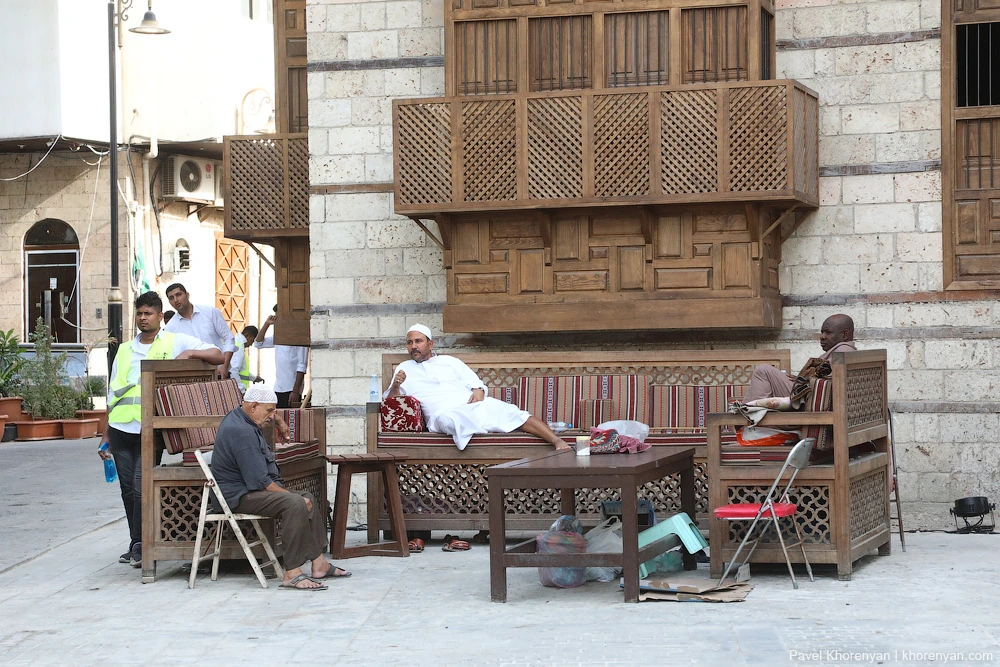
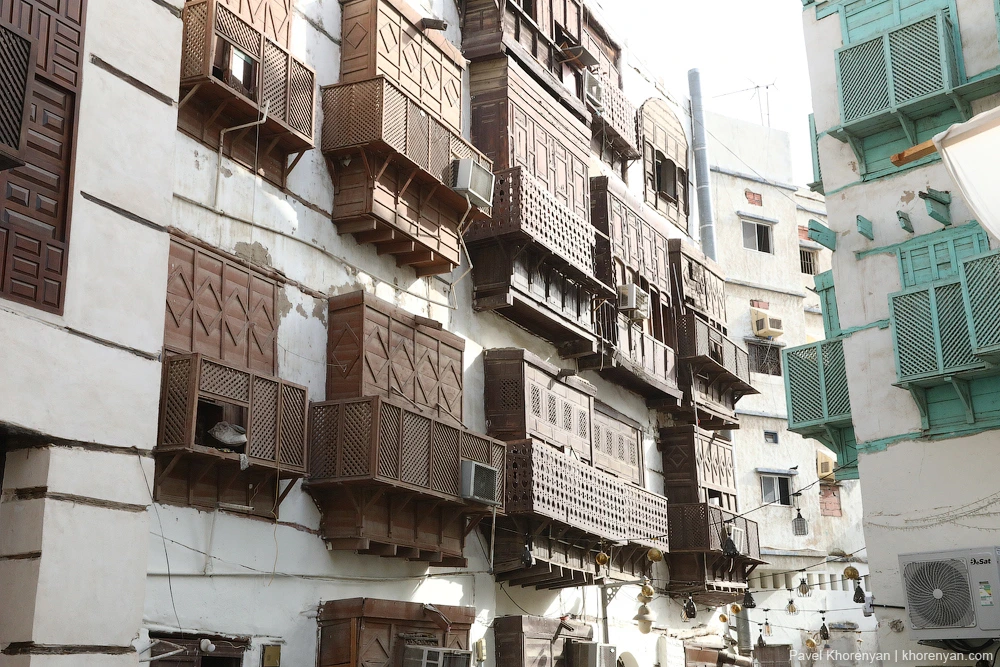
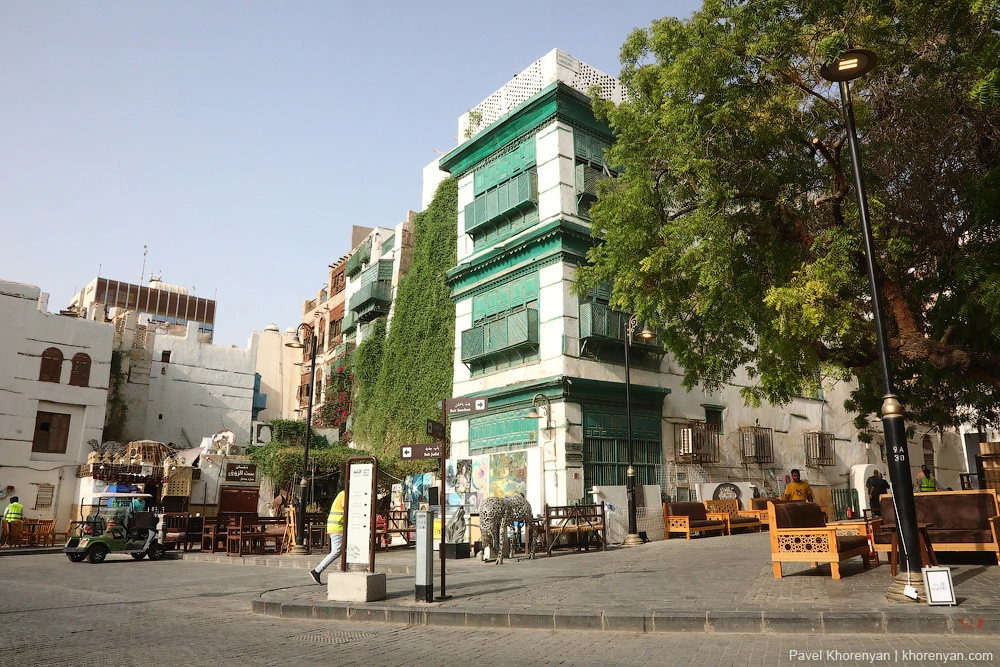
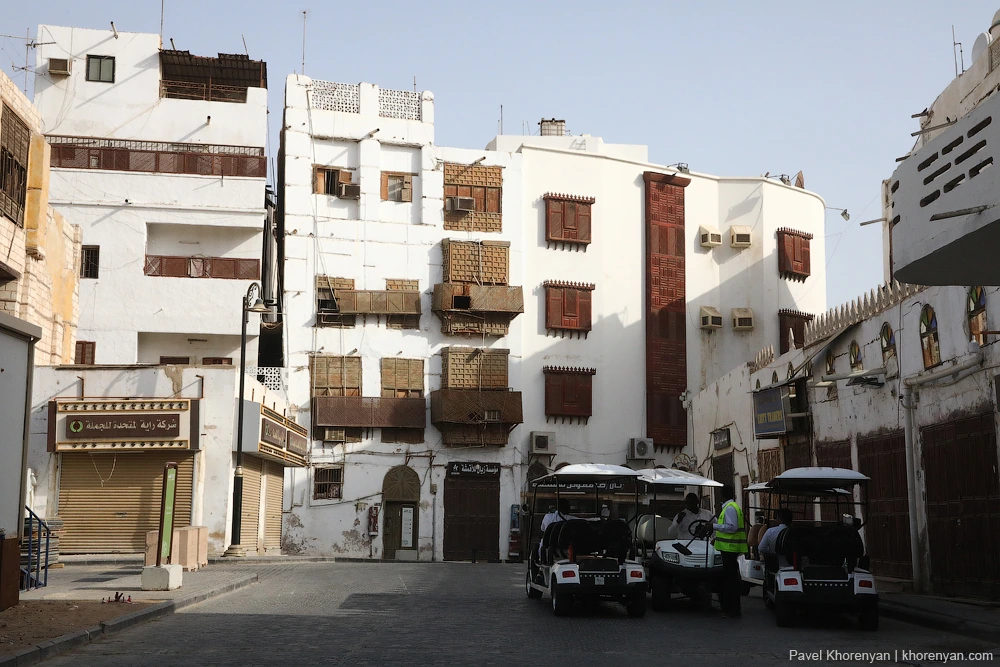
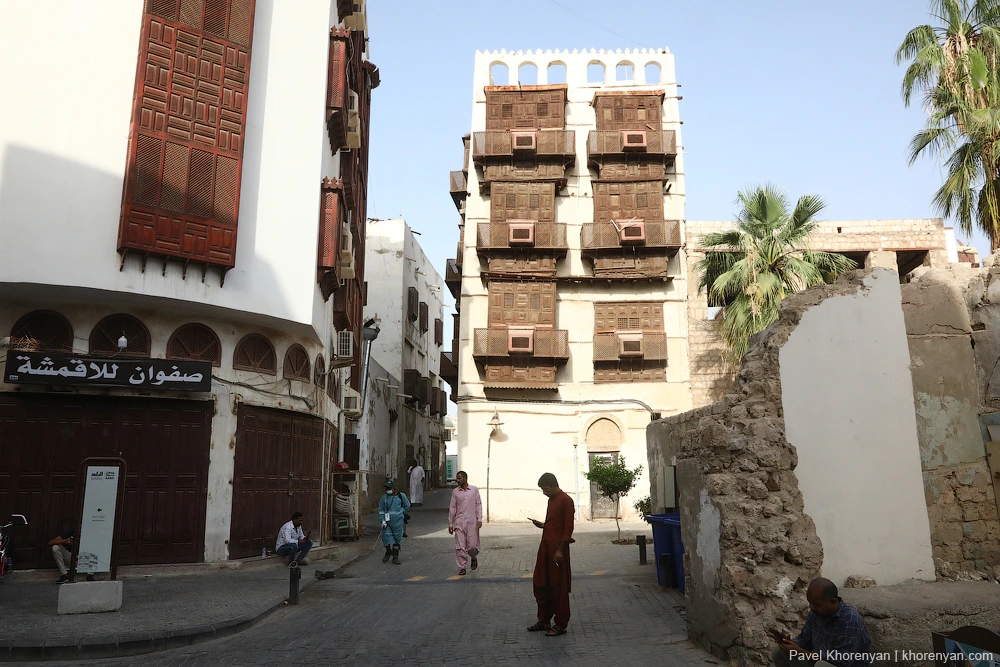
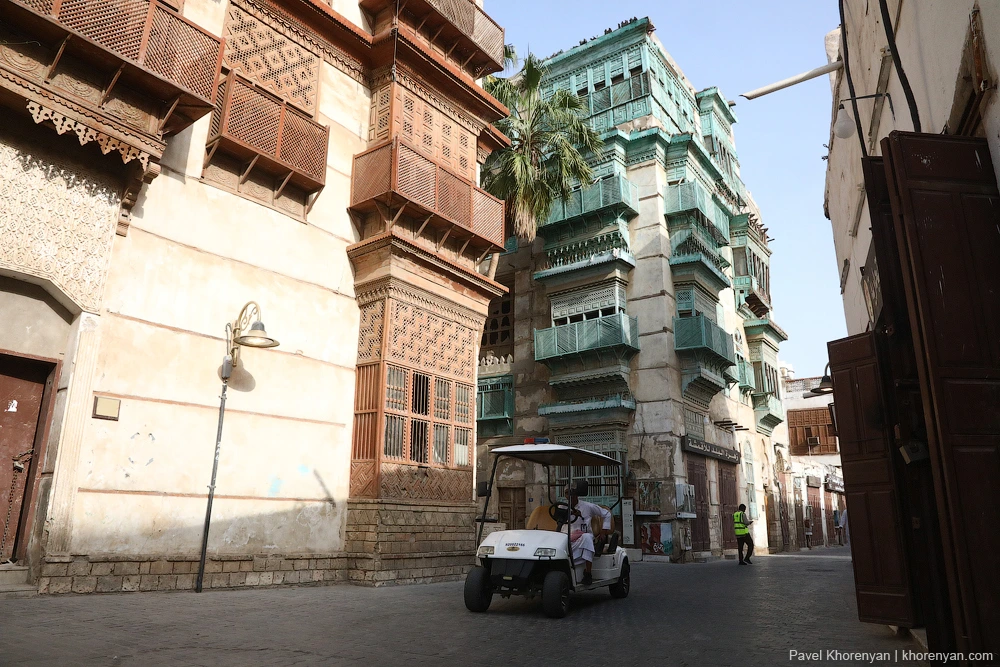
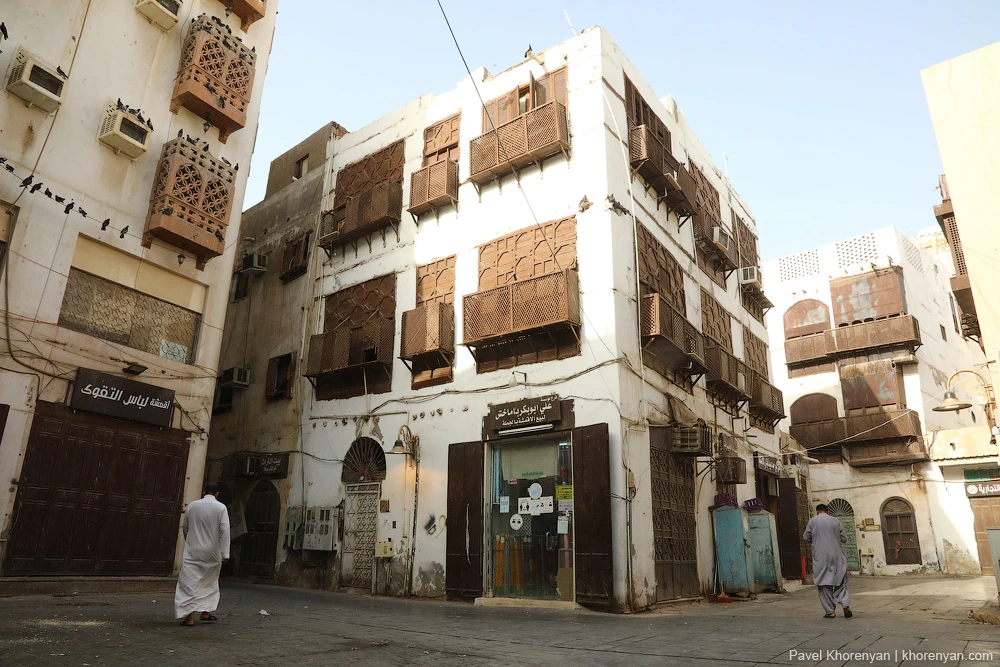
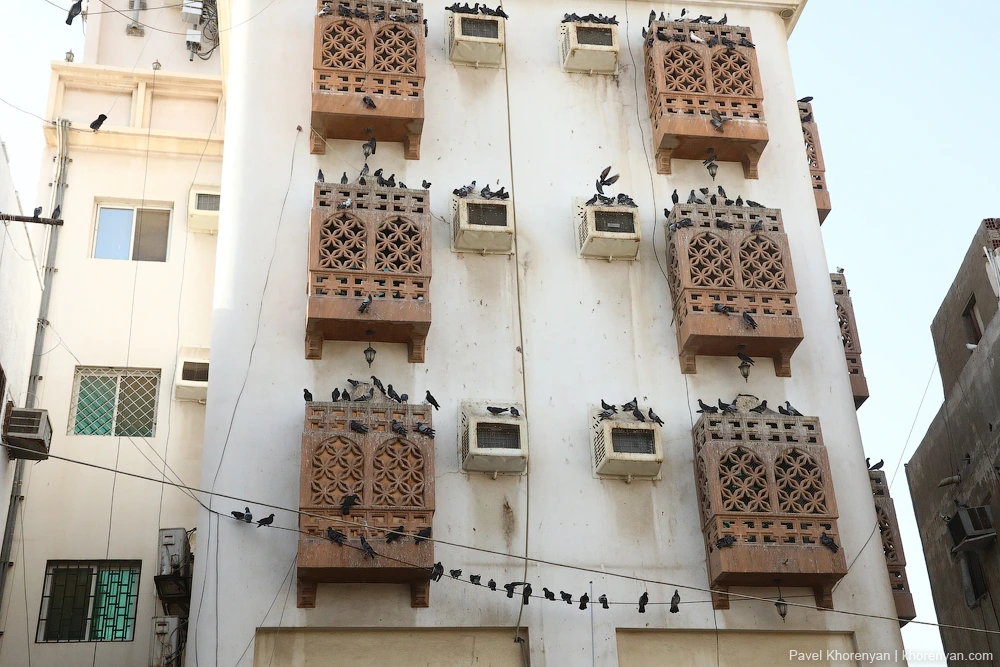
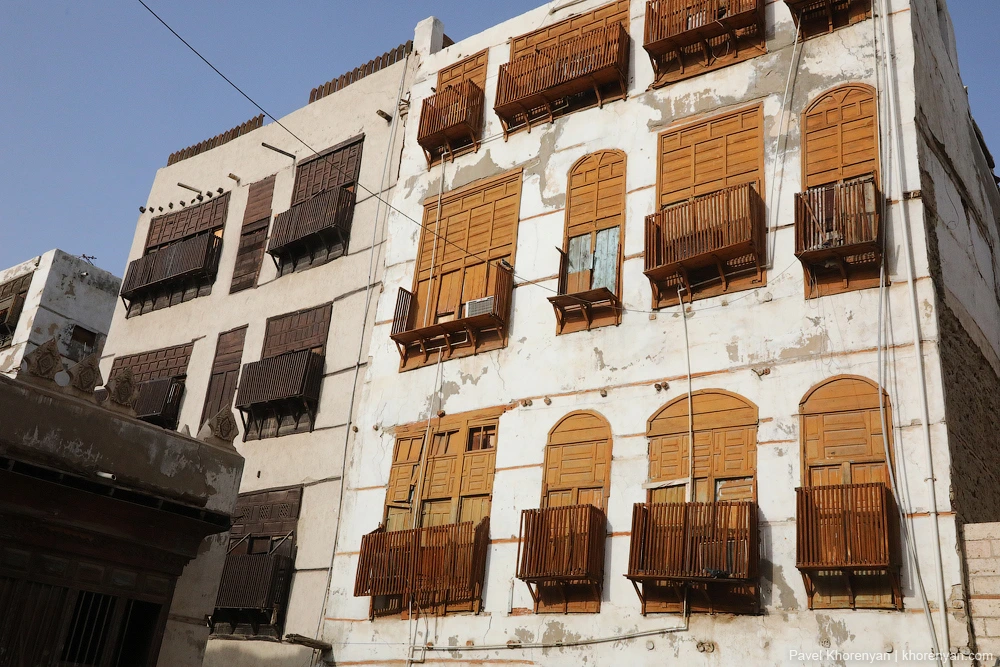
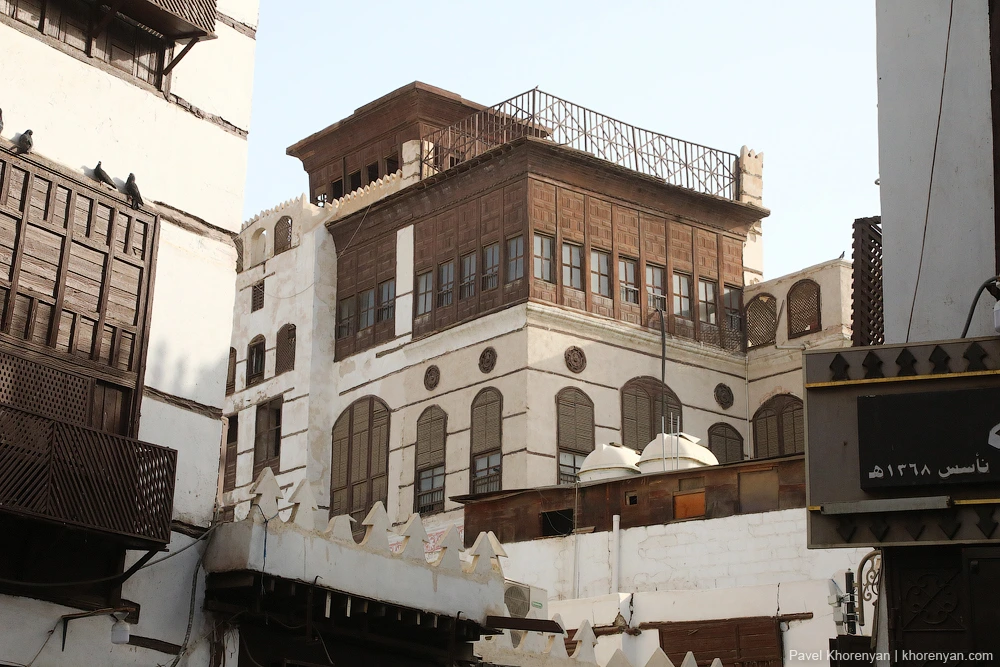
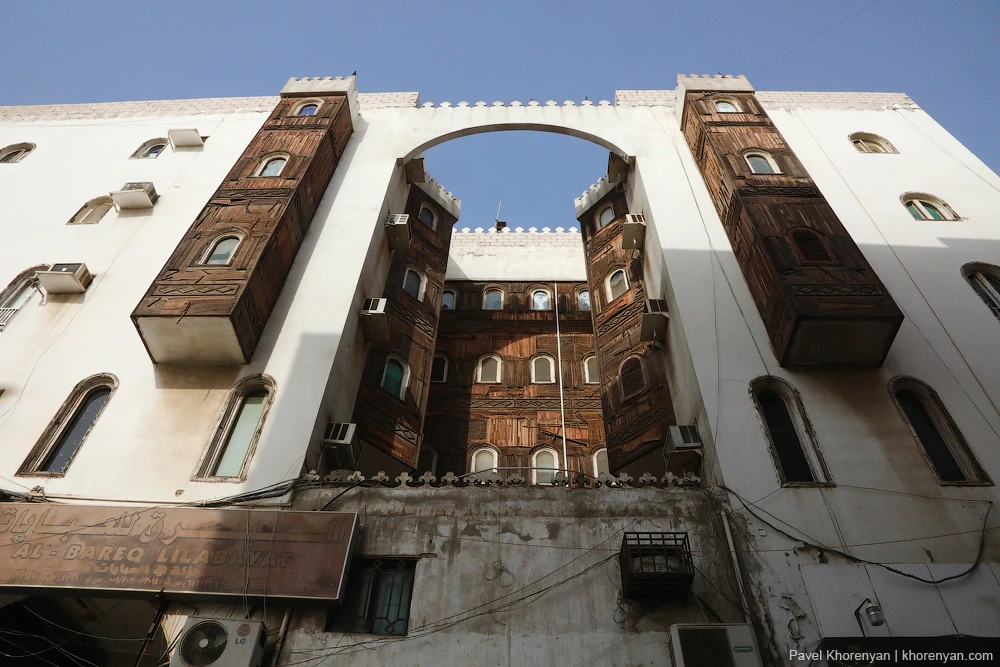
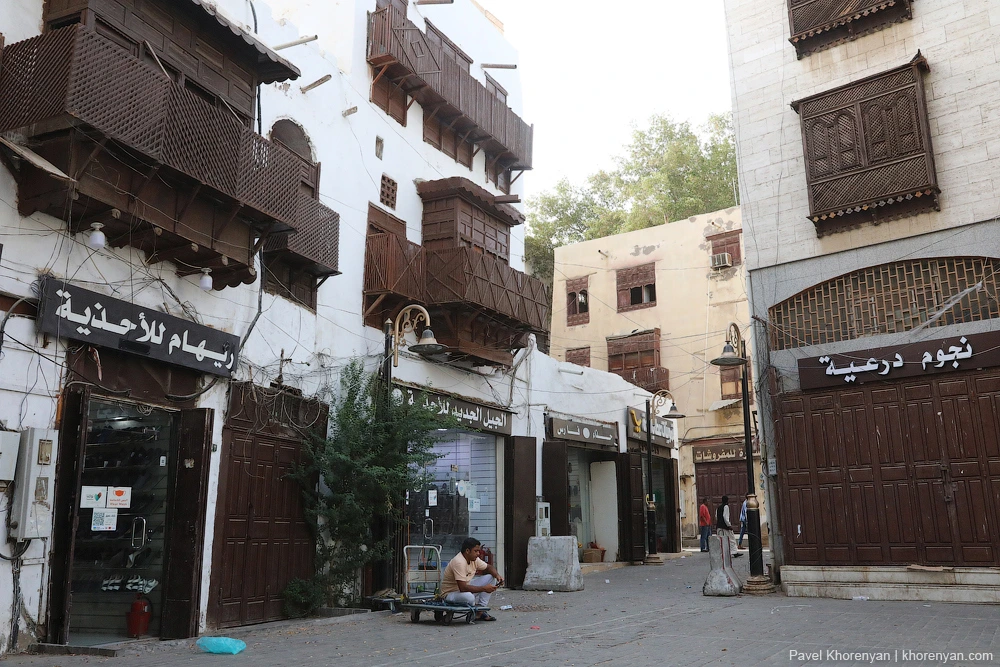
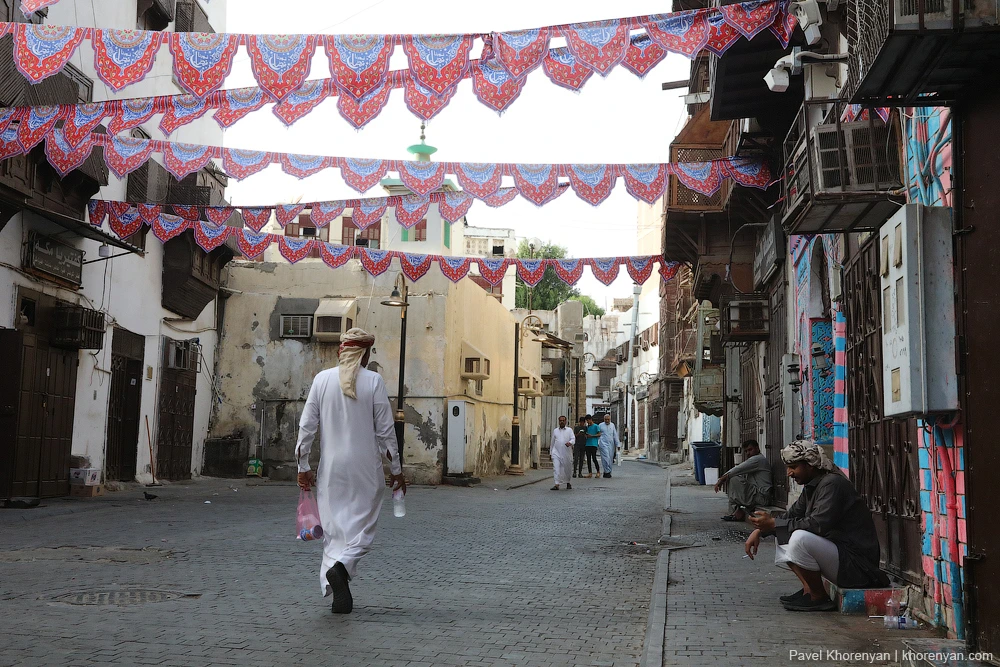
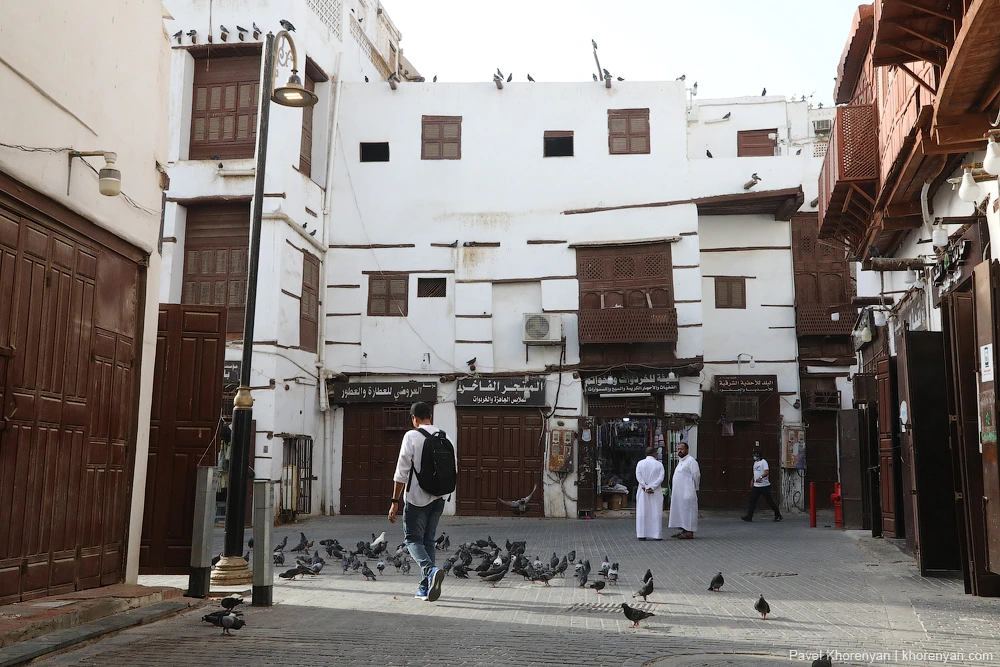
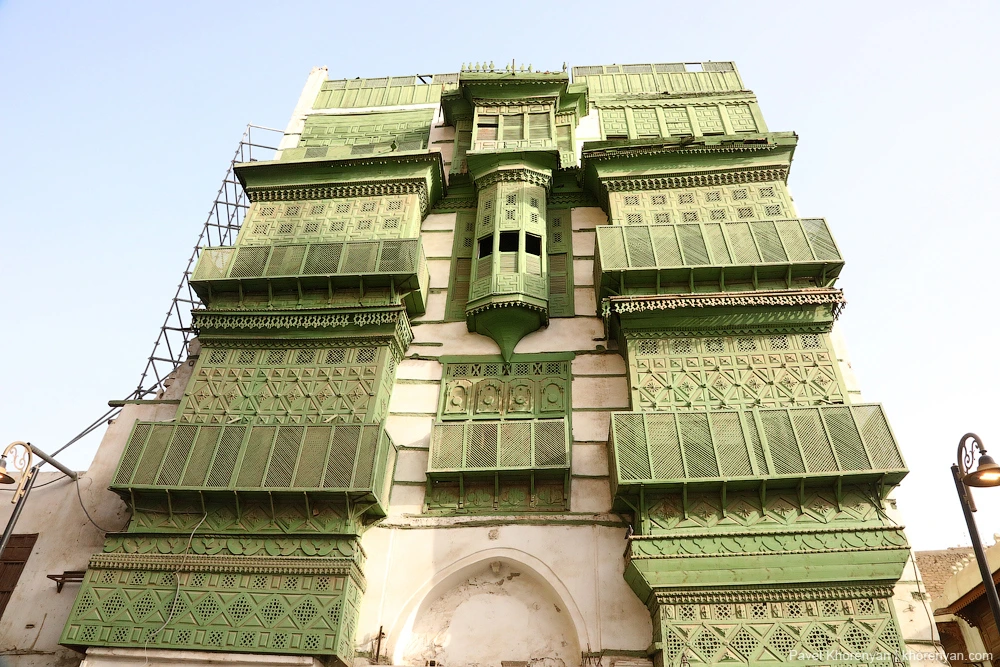
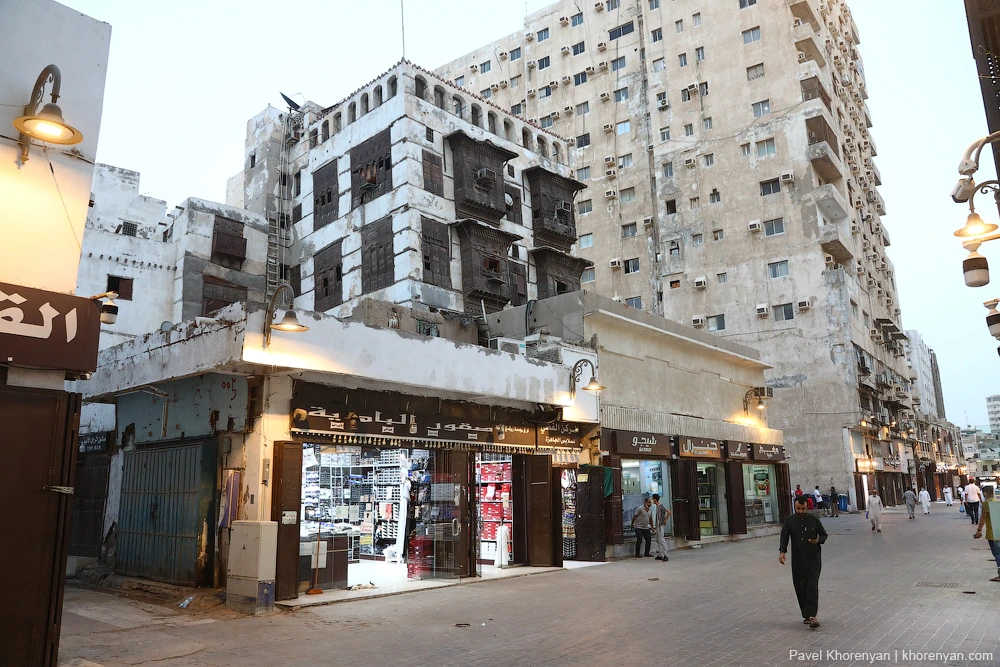
Even the modern building is decorated in this style.
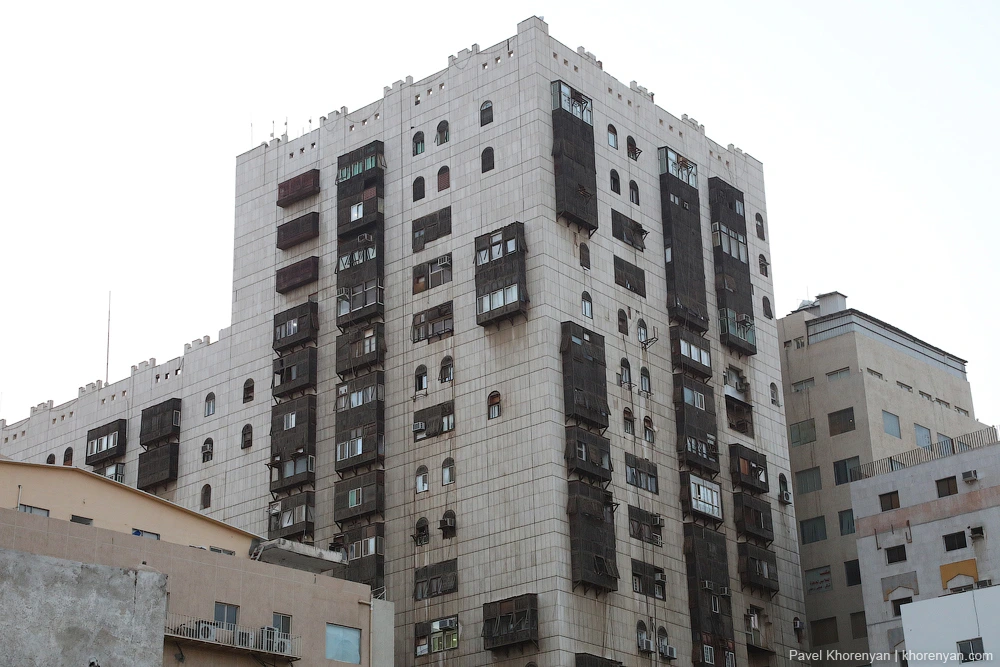
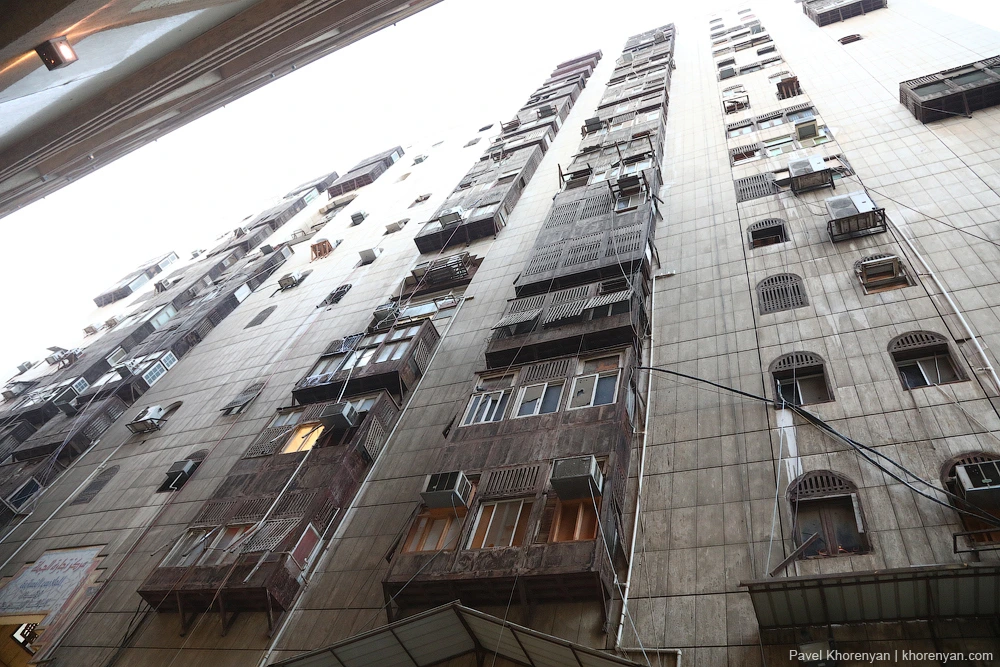
date seller
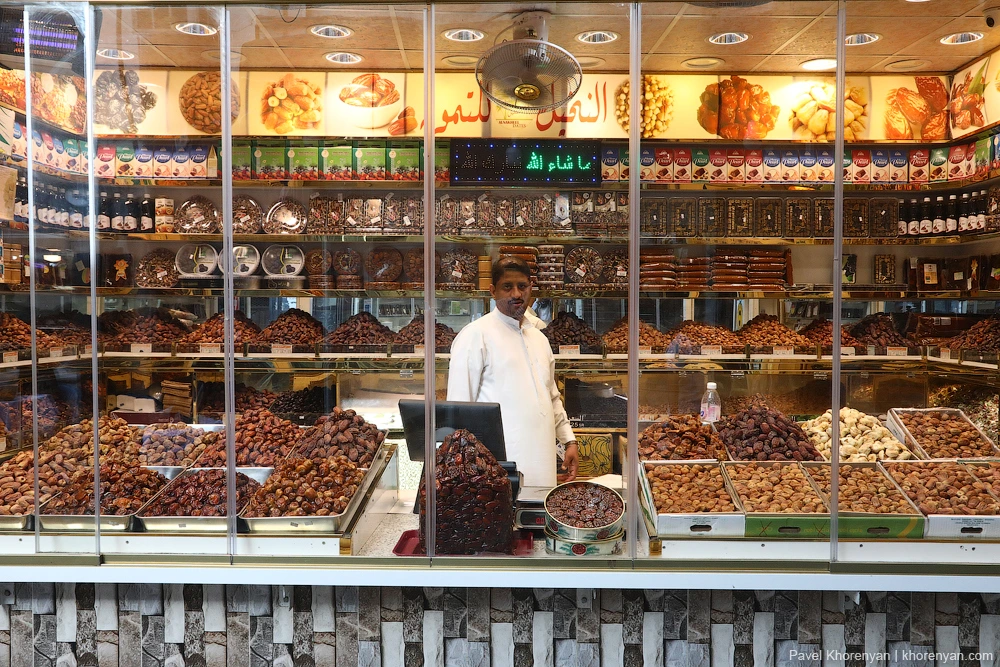
I think it's very beautiful. Jeddah is definitely worth visiting Saudi Arabia.
And now we are heading to the north of the country to the city of Al-Ula. The town itself is wretched and unremarkable, but in the vicinity is the ancient city of Hegra.
Hegra was the second capital built by the Nabataeans. The first, as you might guess, was Petra.
By the way, here I caught the maximum temperature for this trip - 42 degrees in the desert.
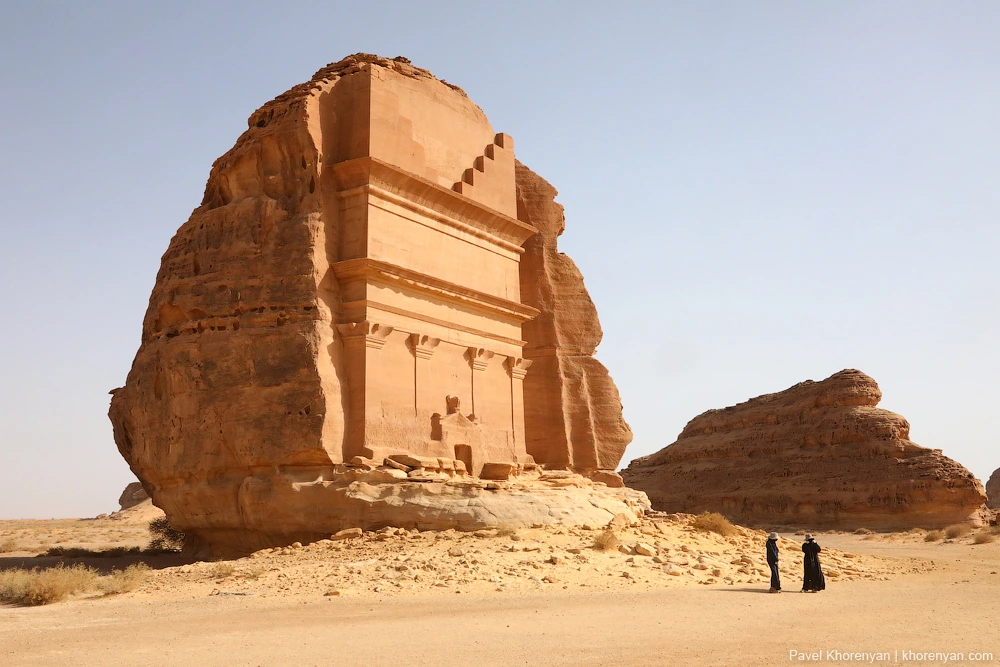
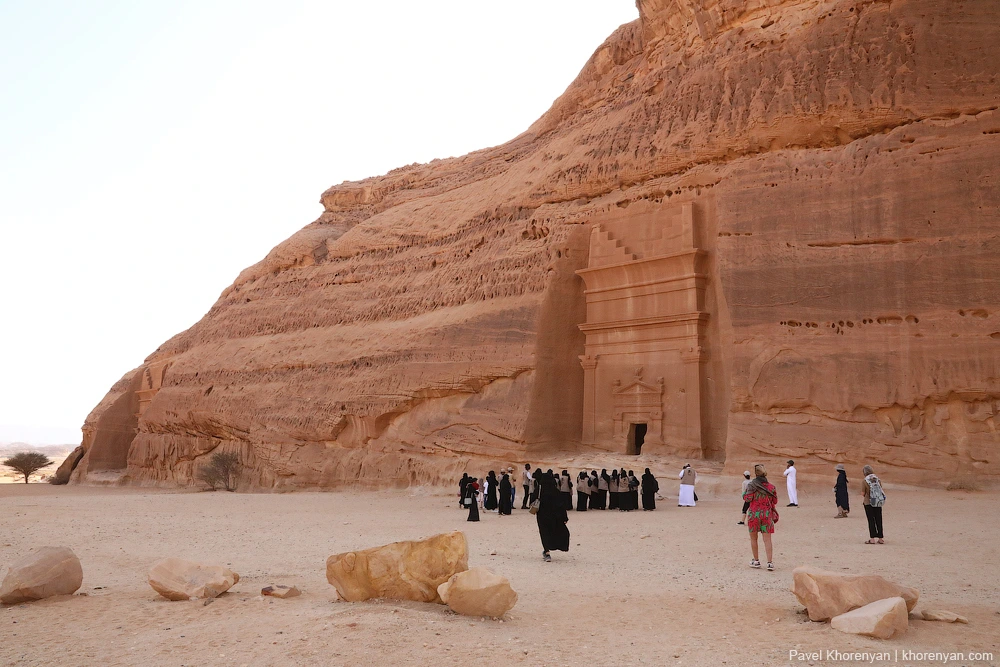
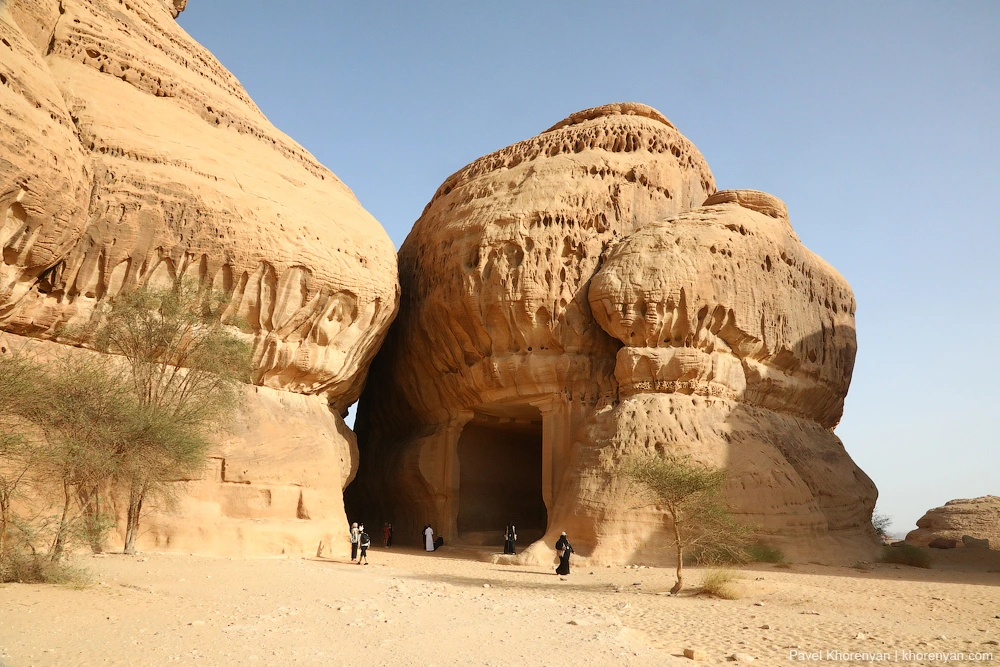
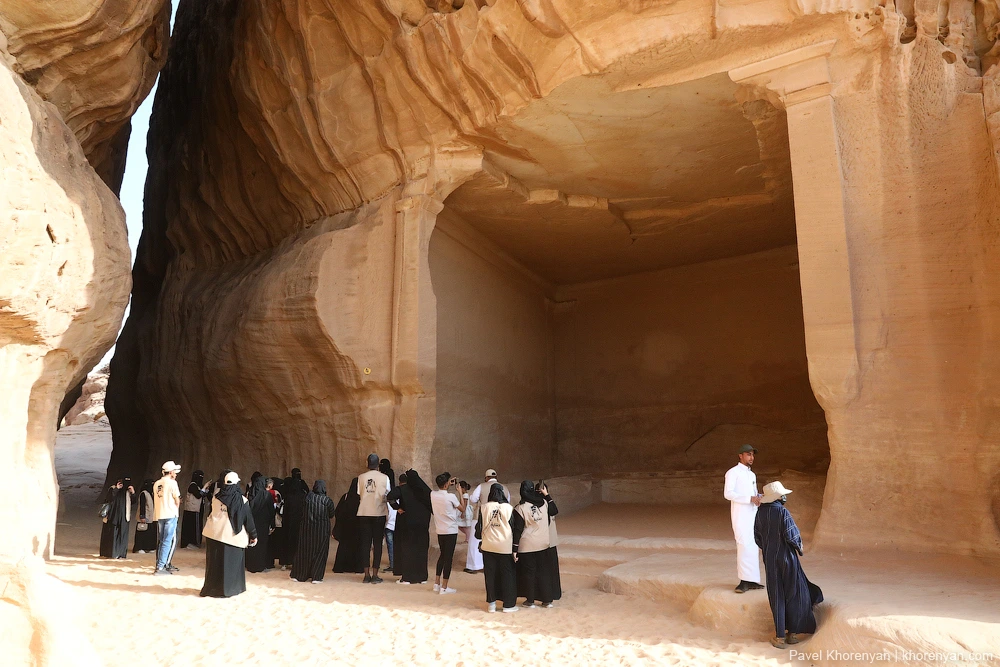
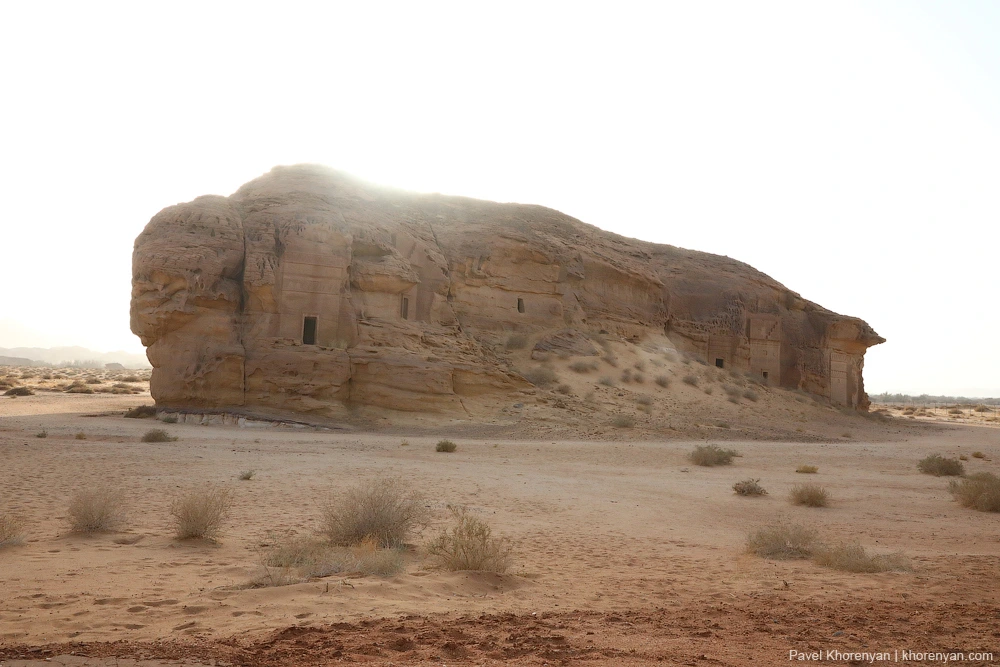
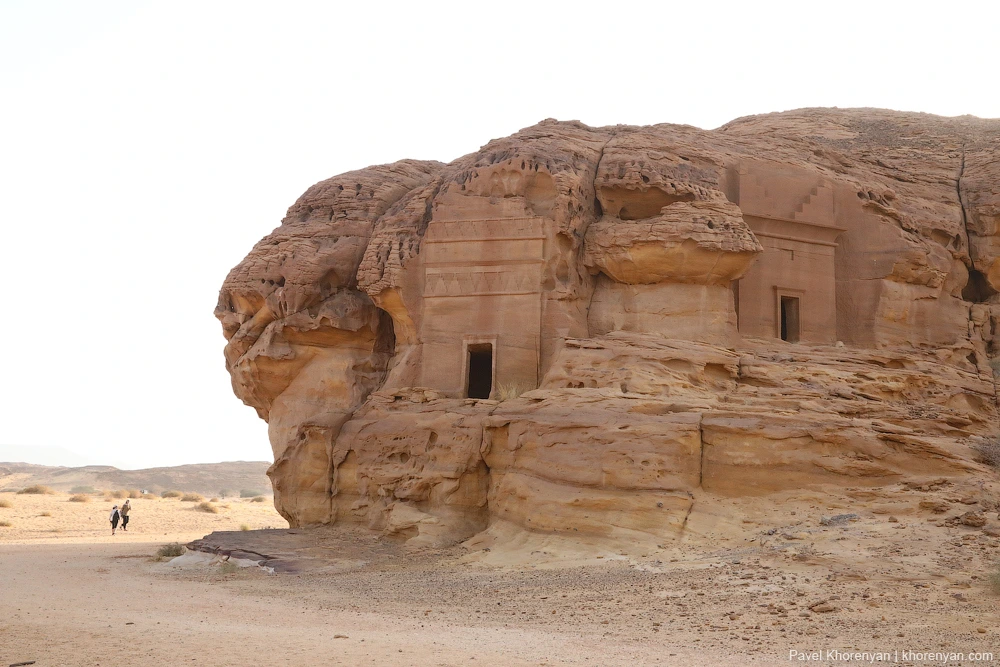
It is amazing that the tombs have survived to this day. As I have already said, Wahhabi Islam is practiced in Saudi Arabia, and adherents of this trend are extremely disliked by all kinds of monuments and shrines (including the legacy of the Prophet Muhammad himself).

